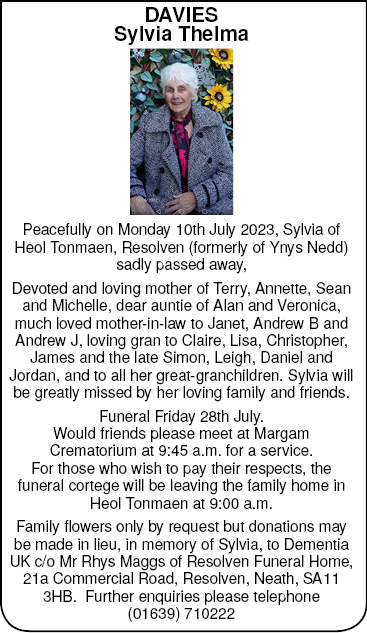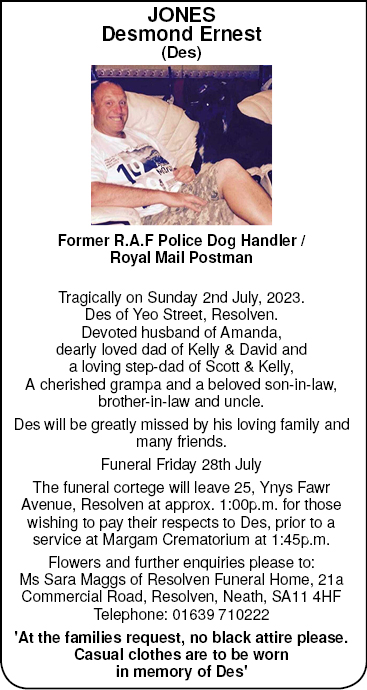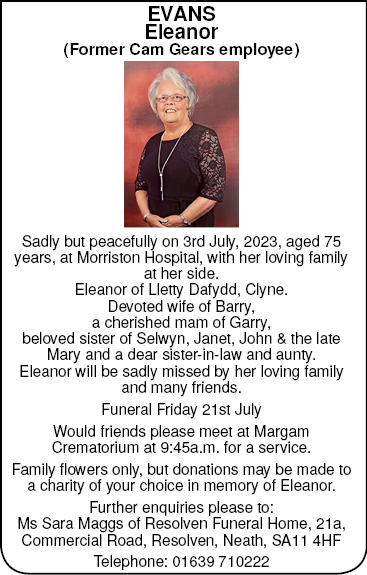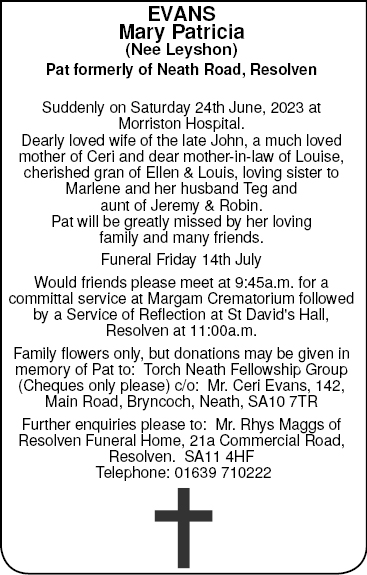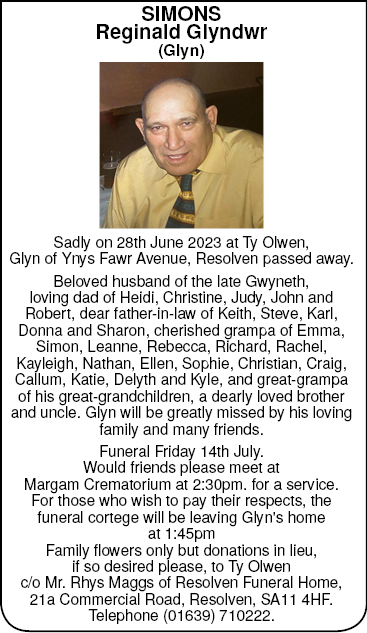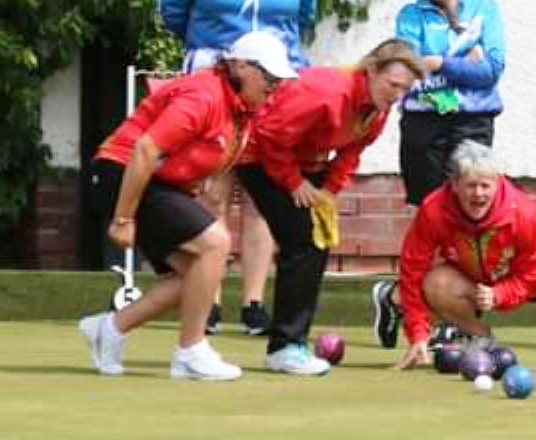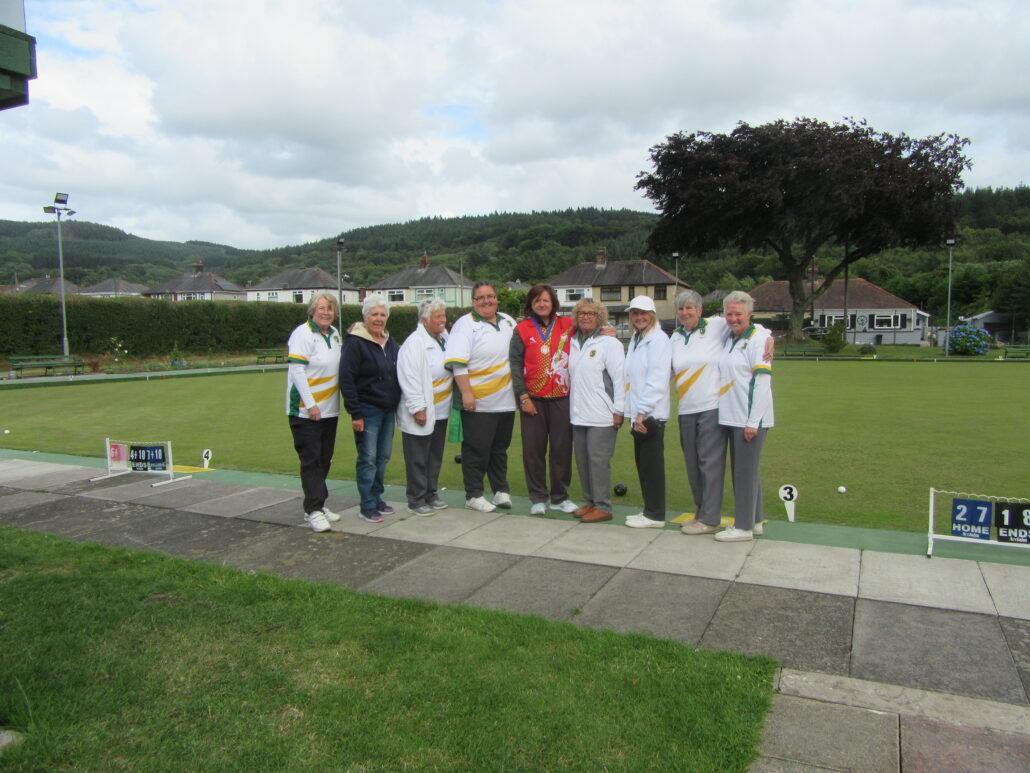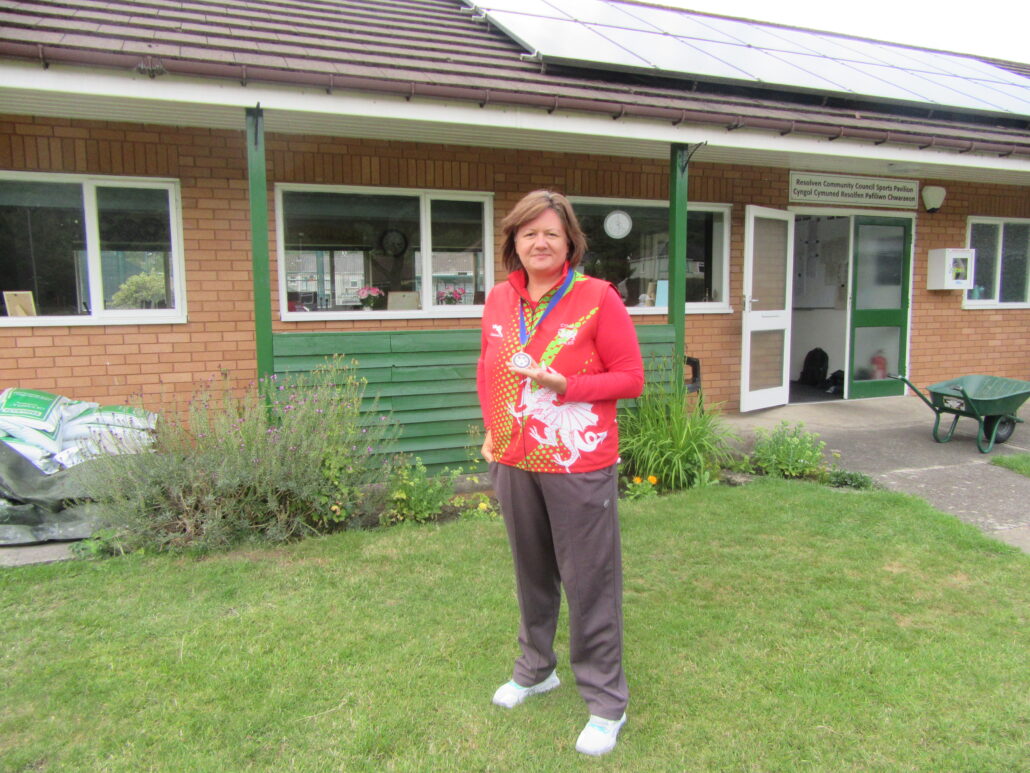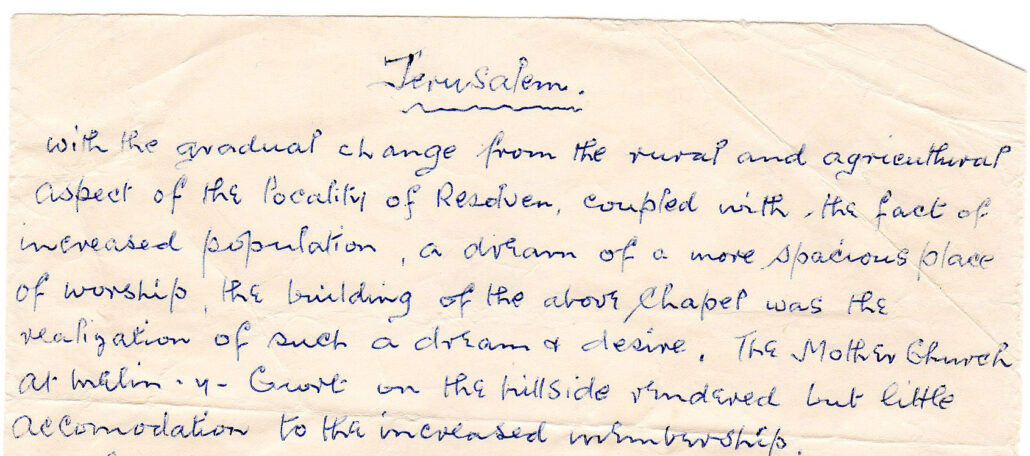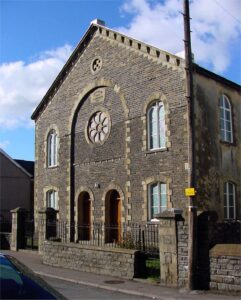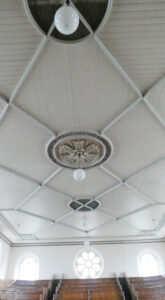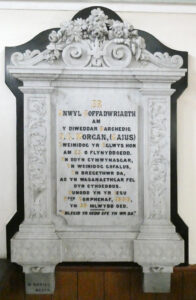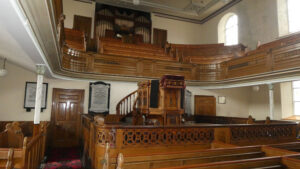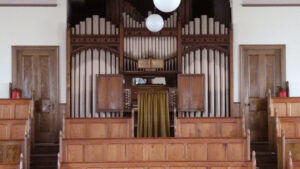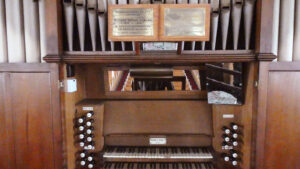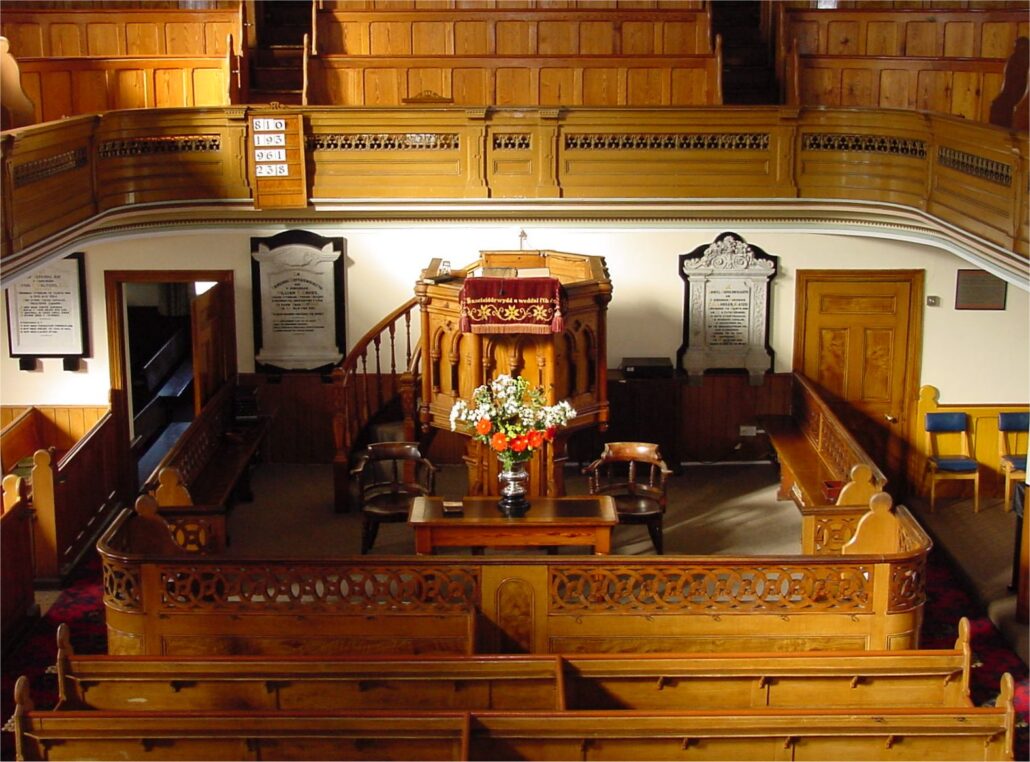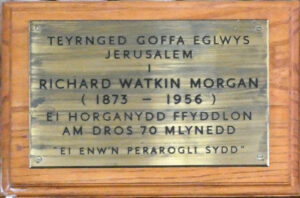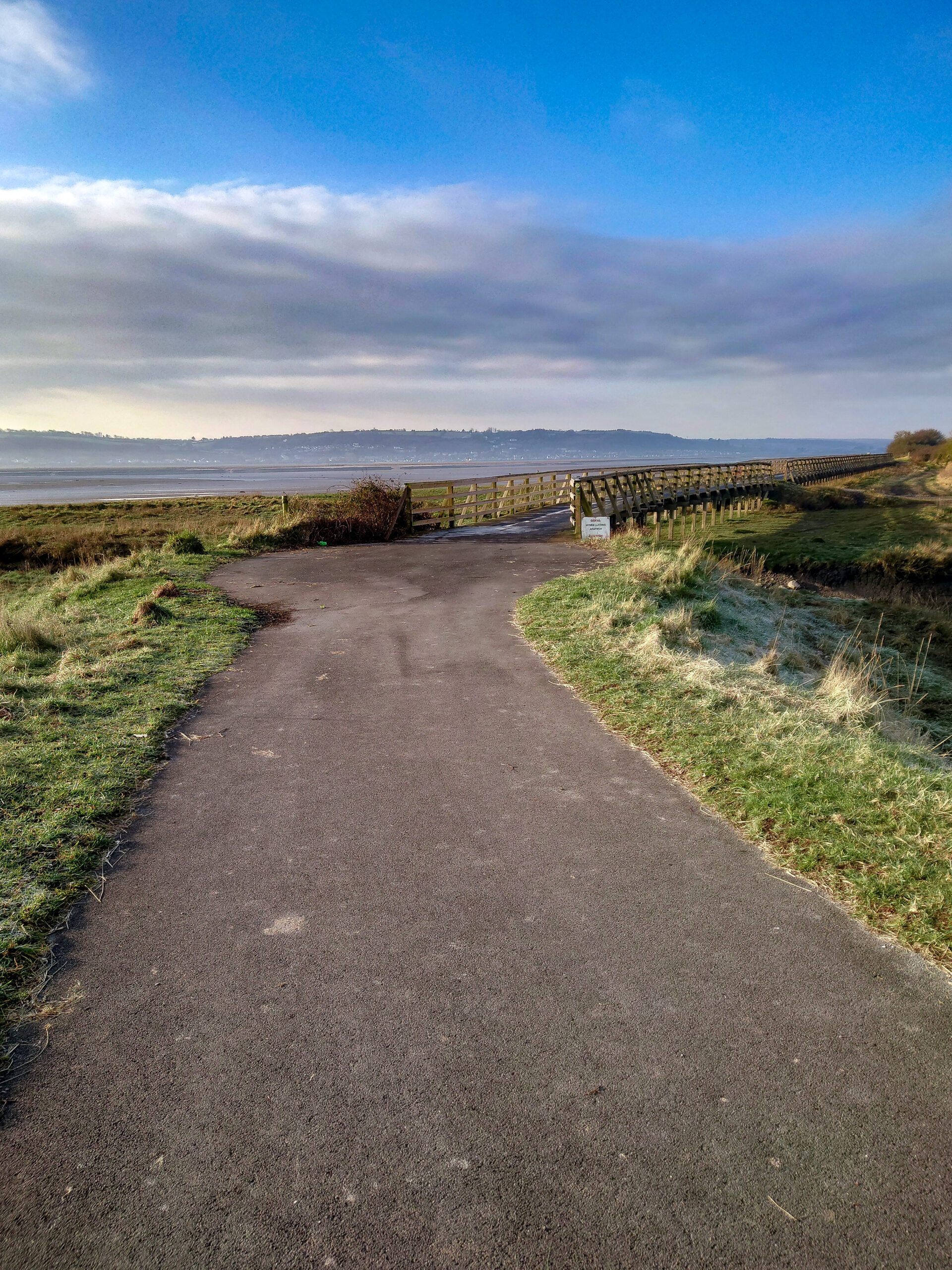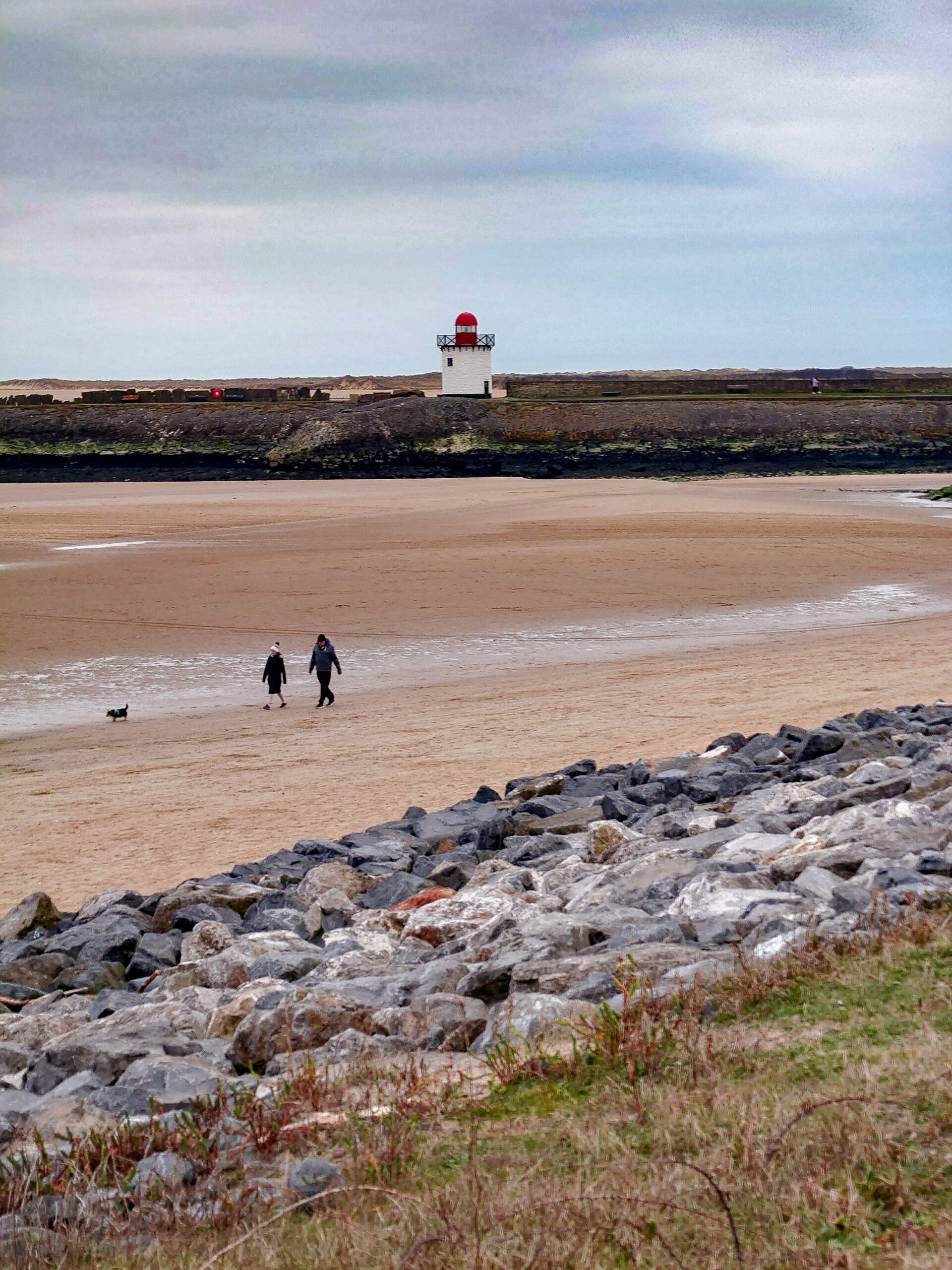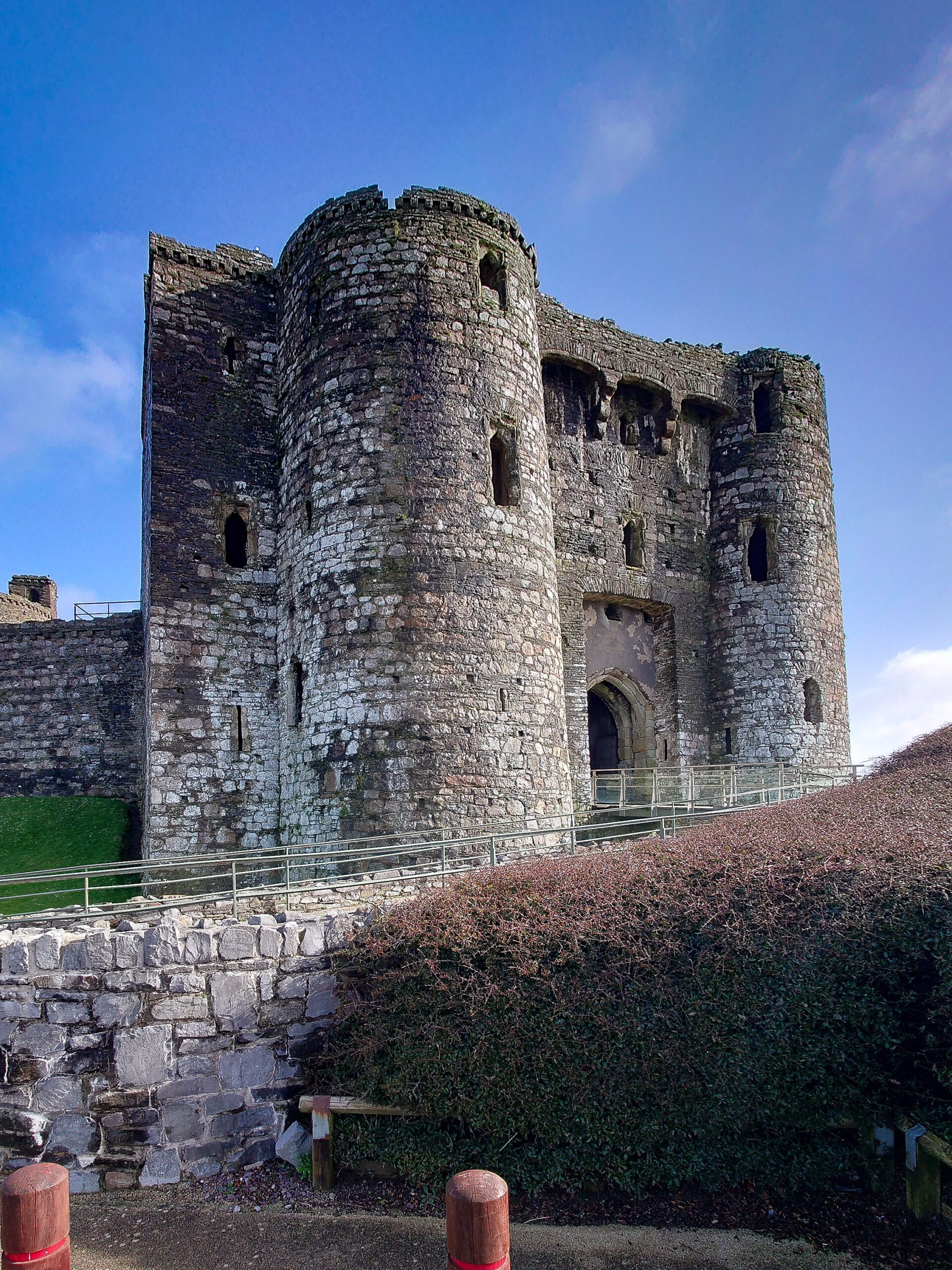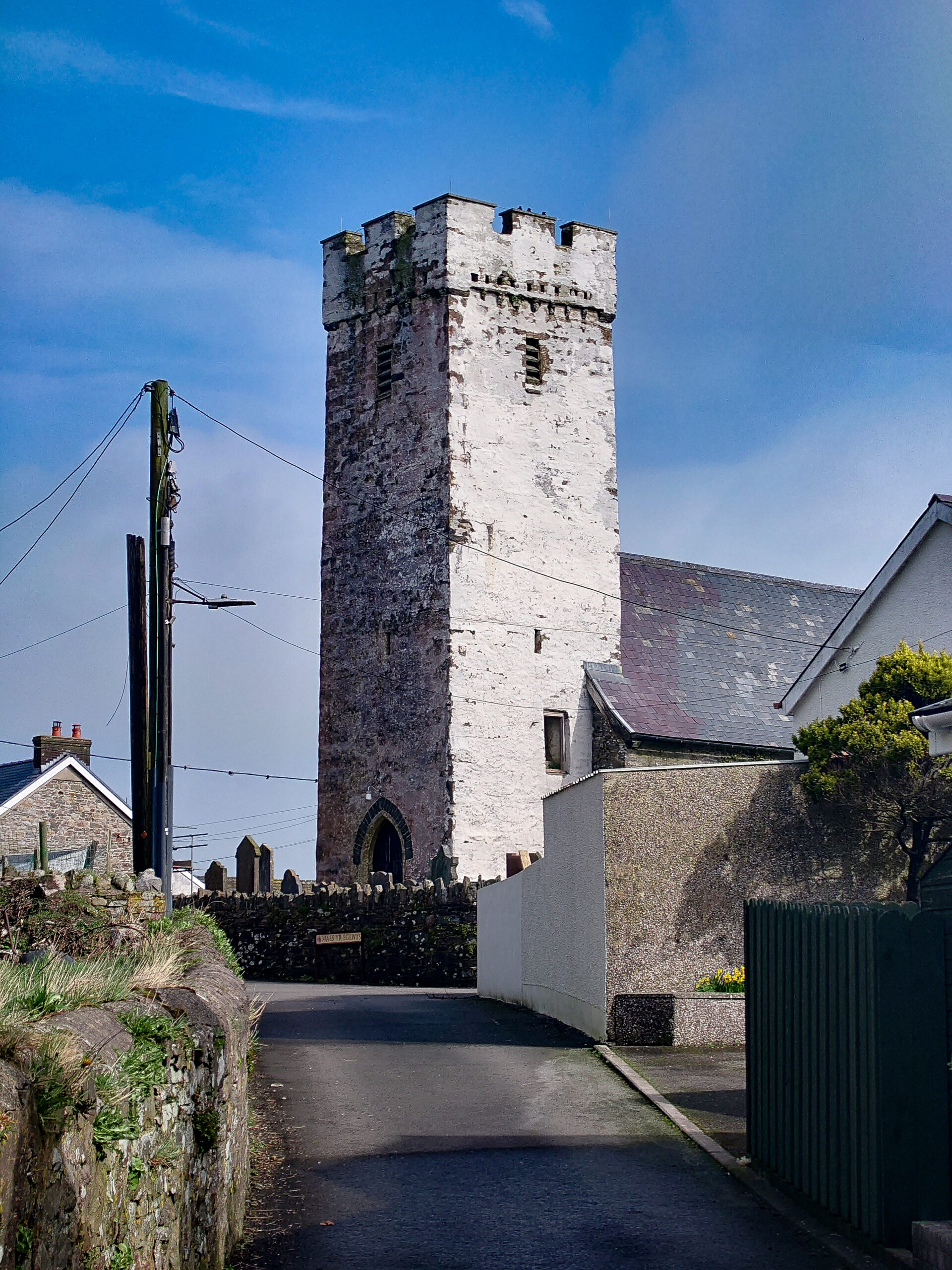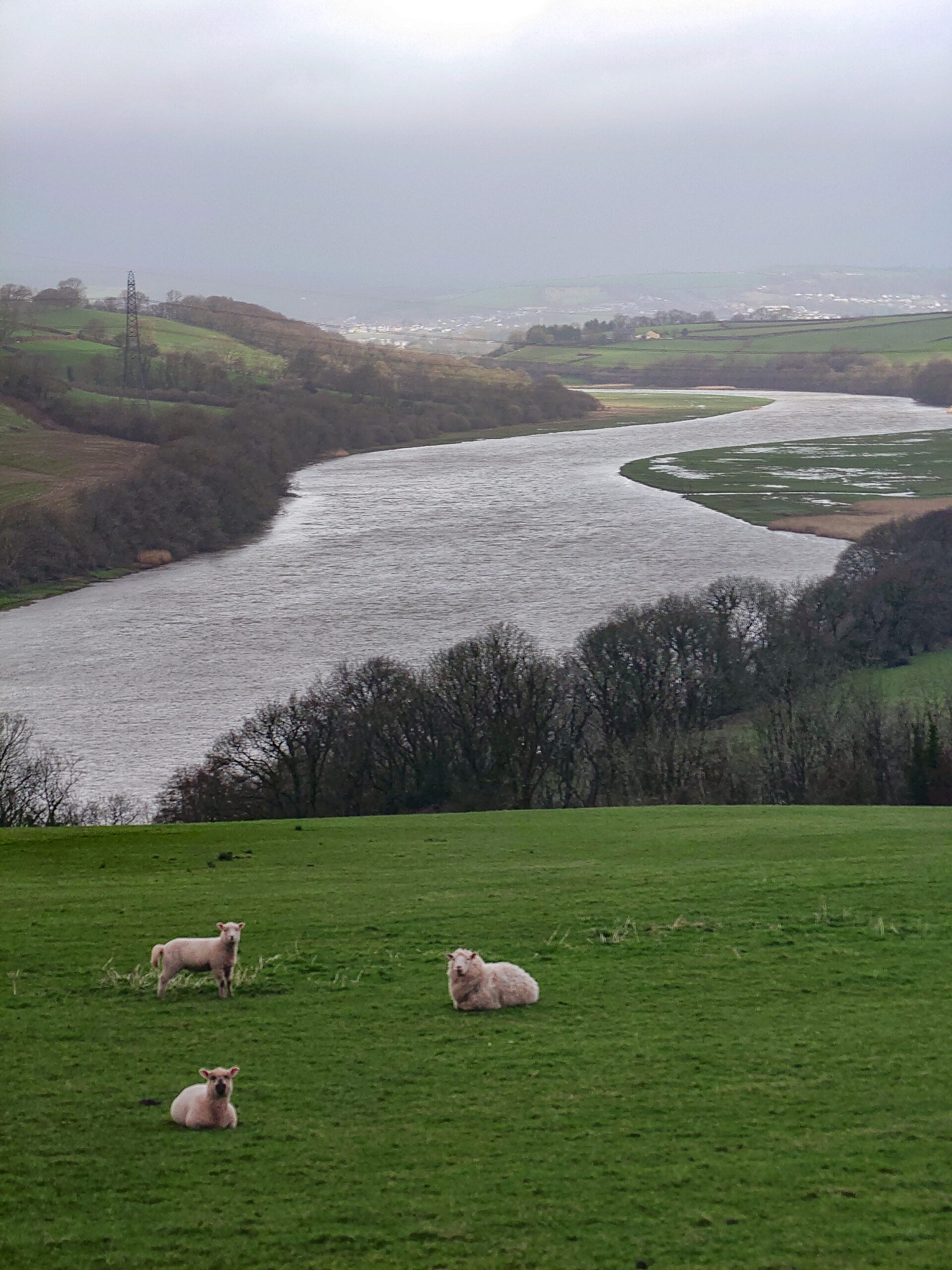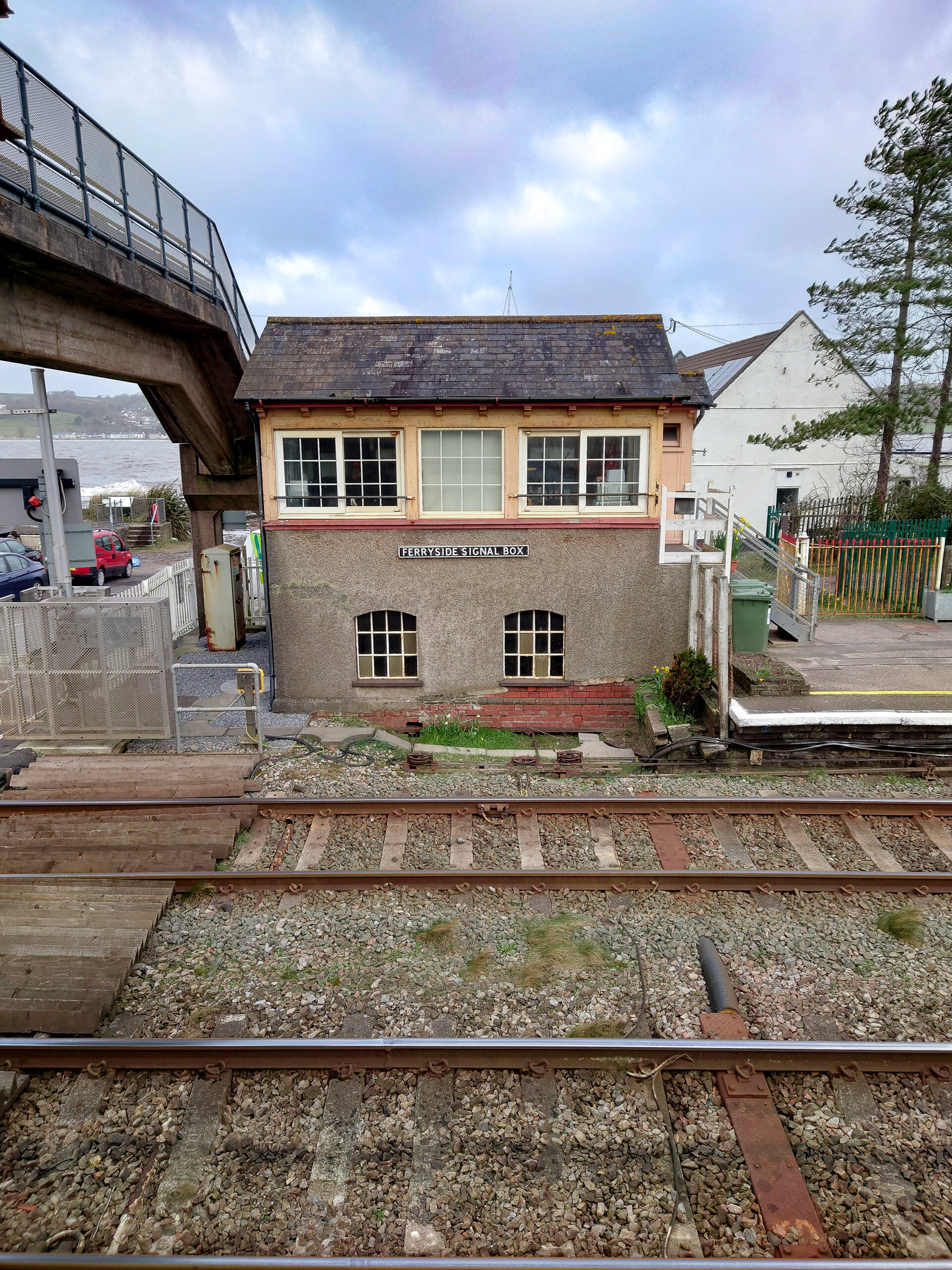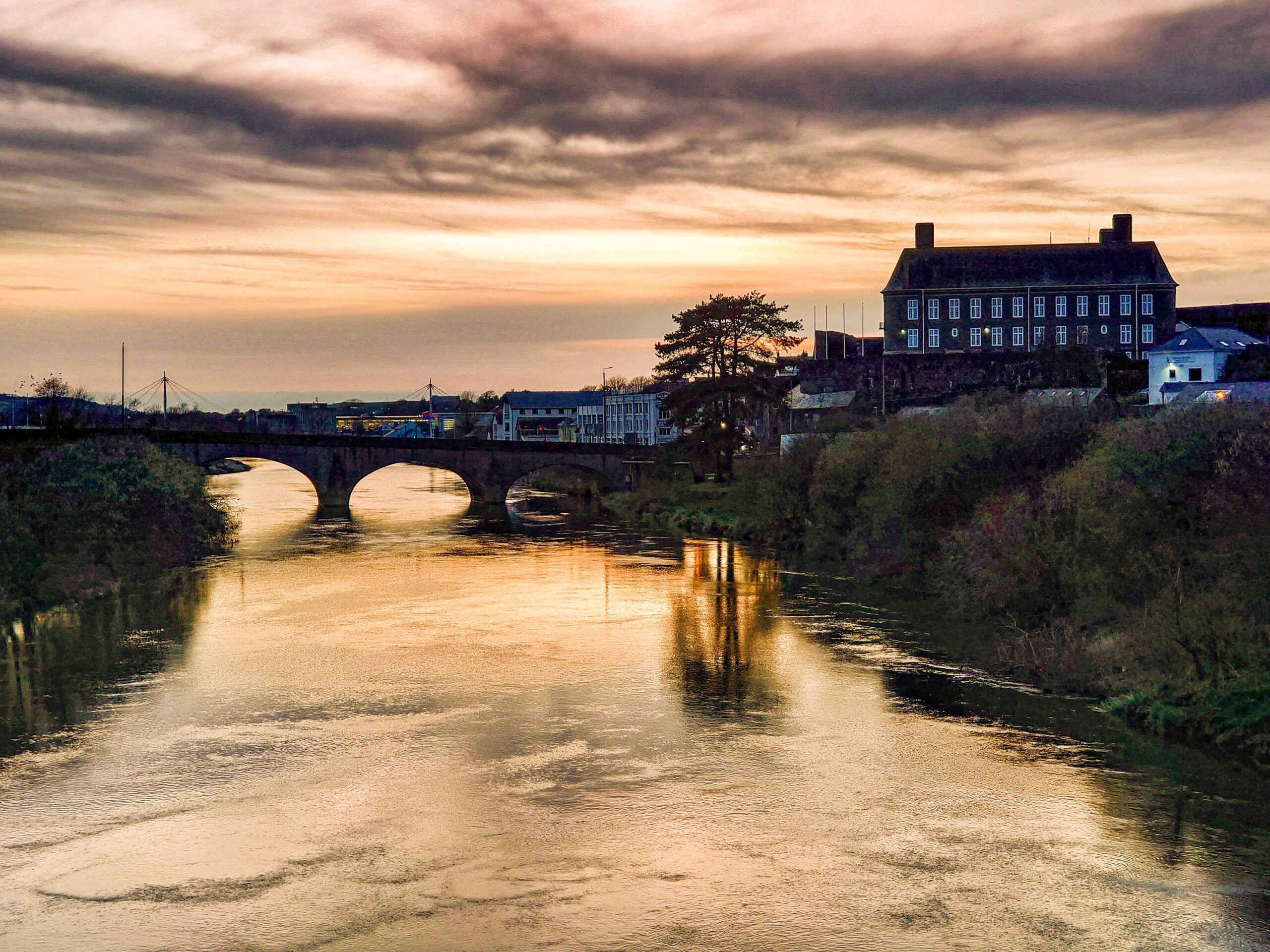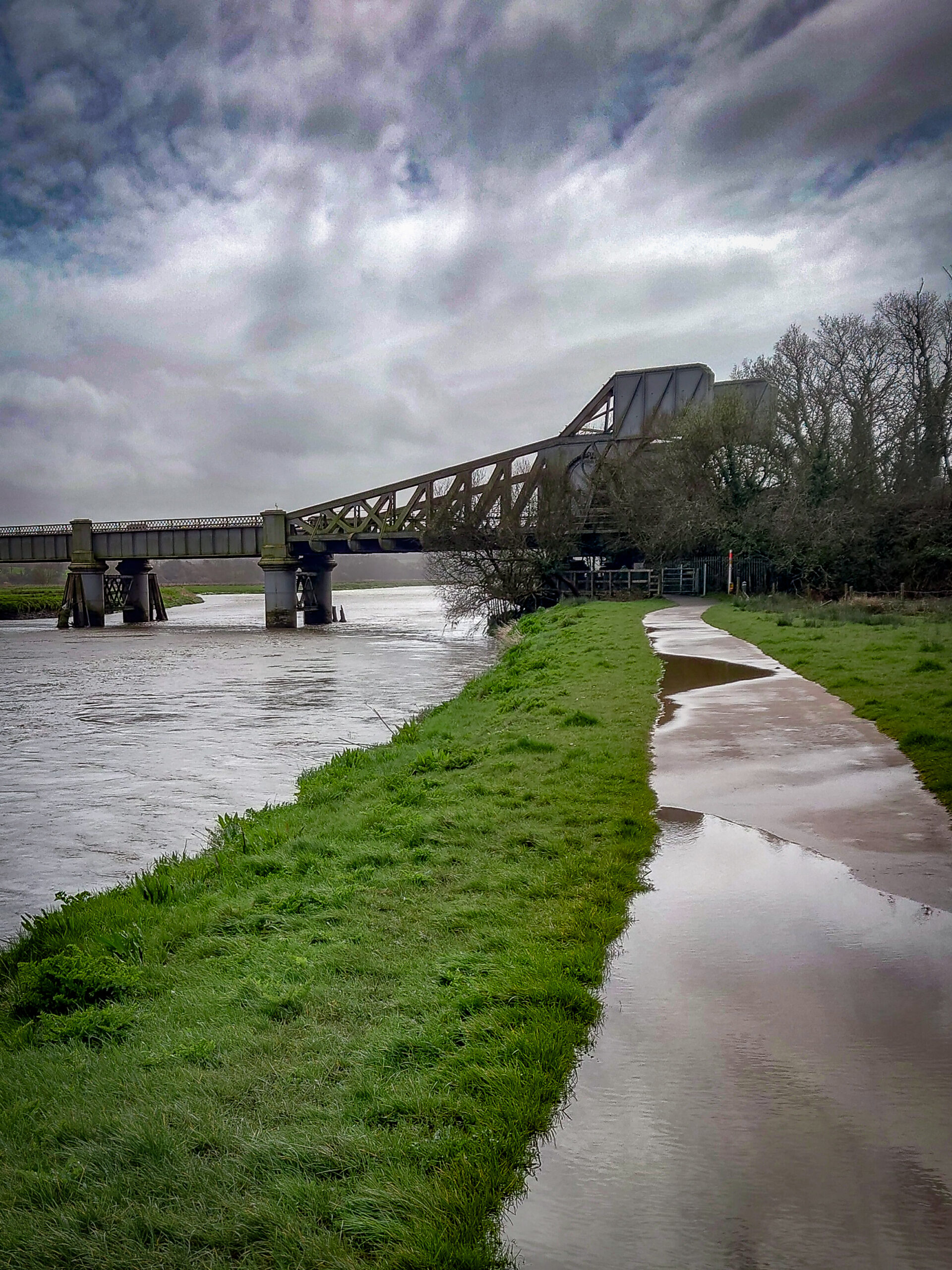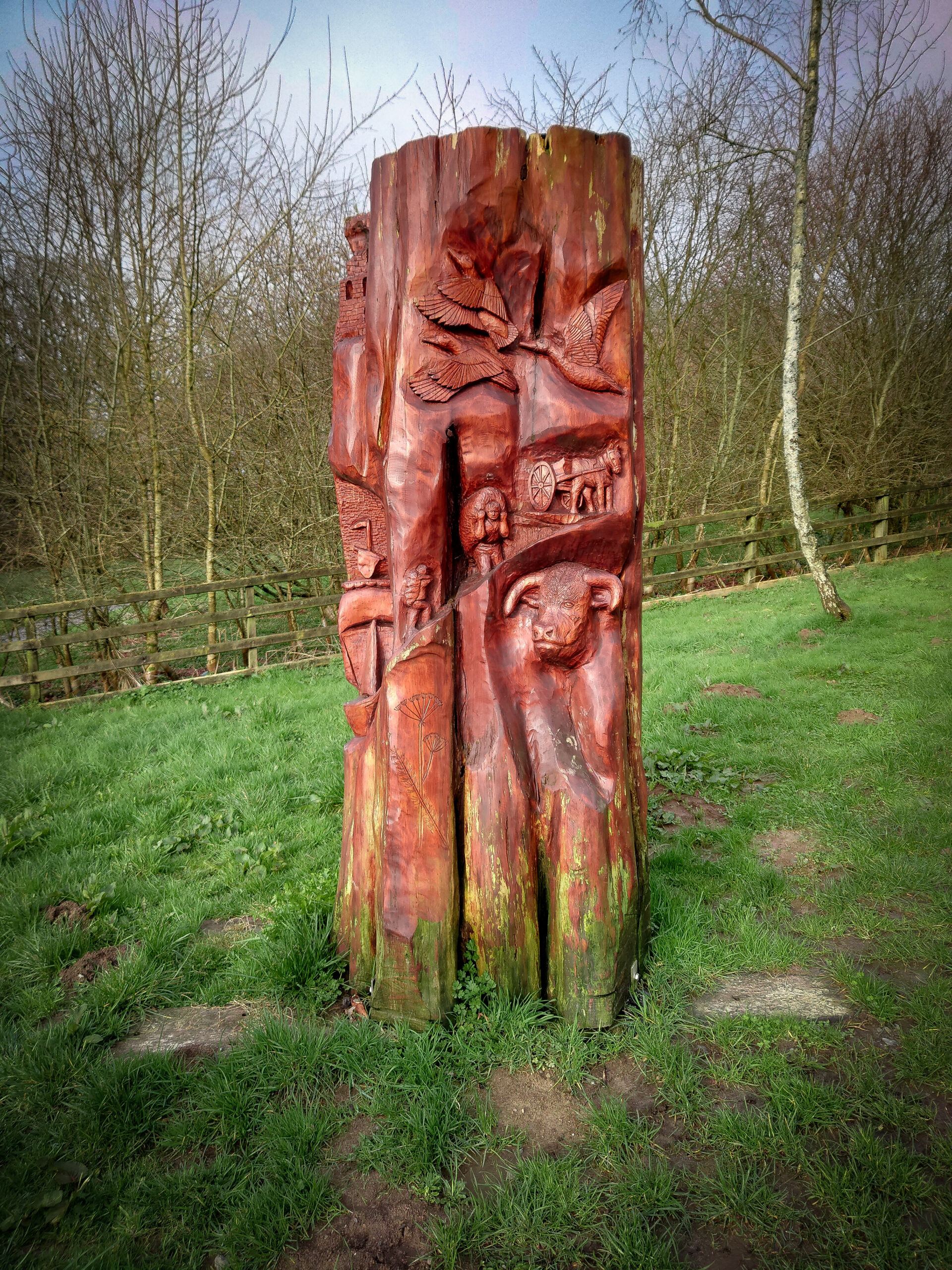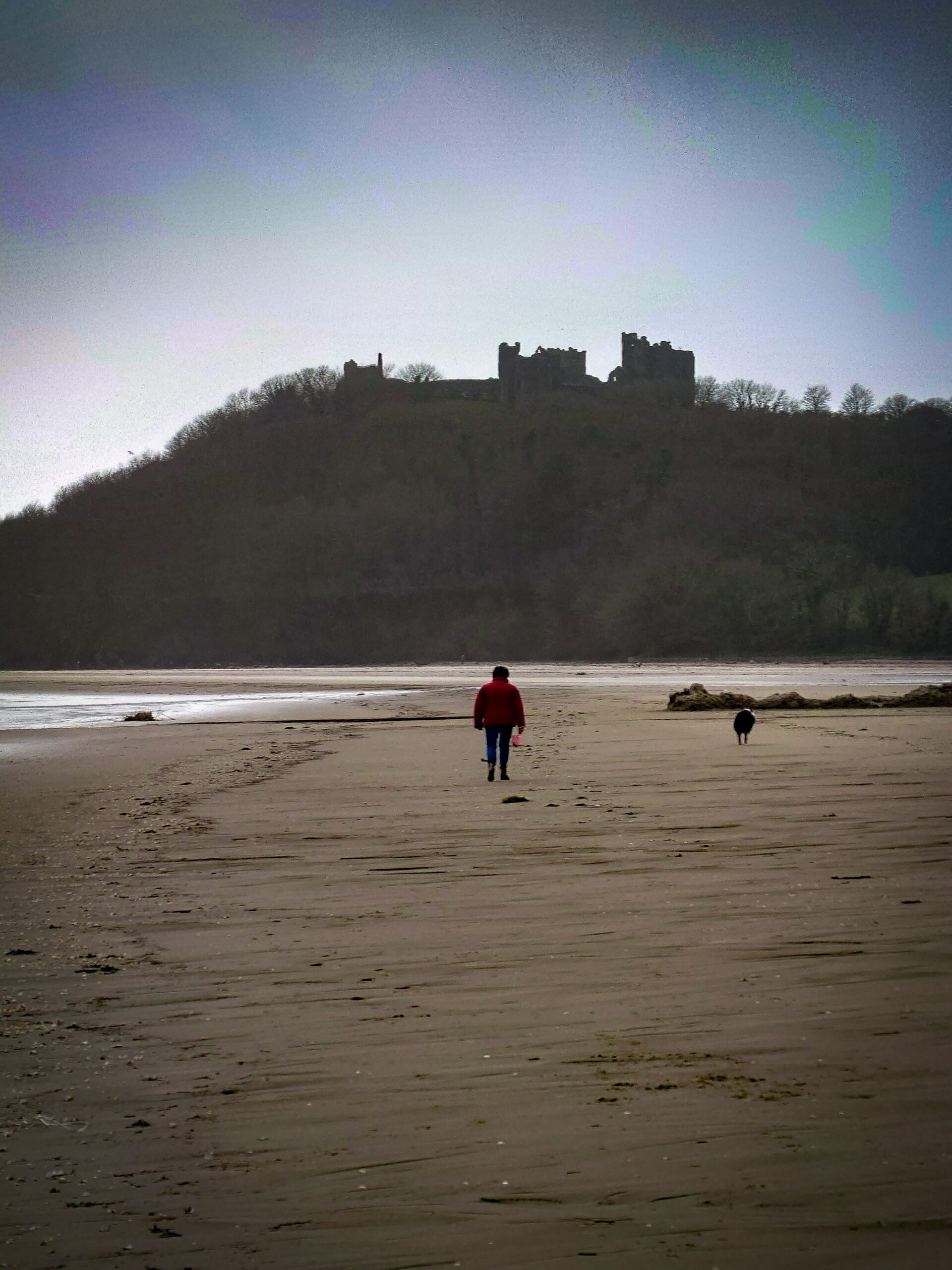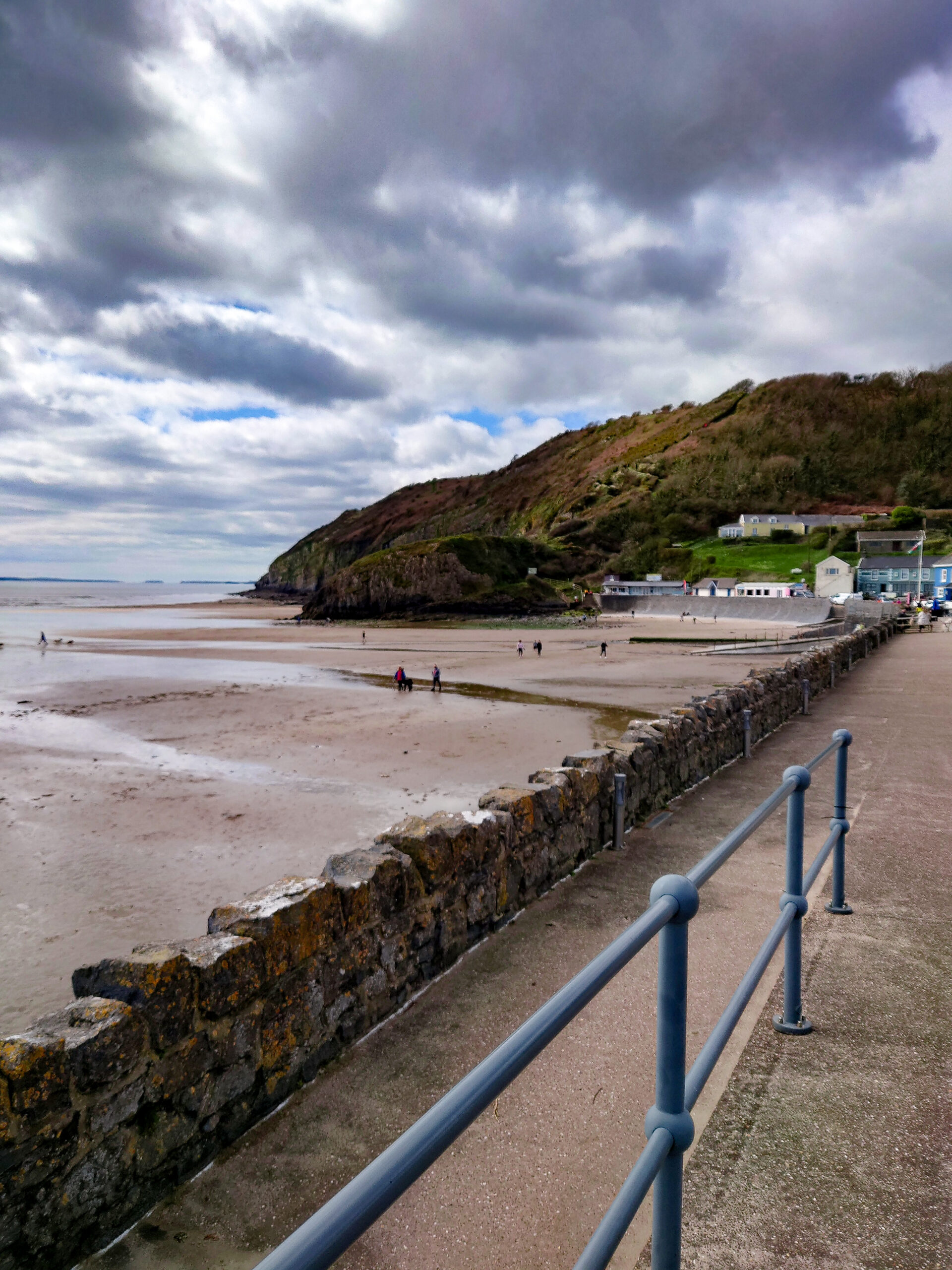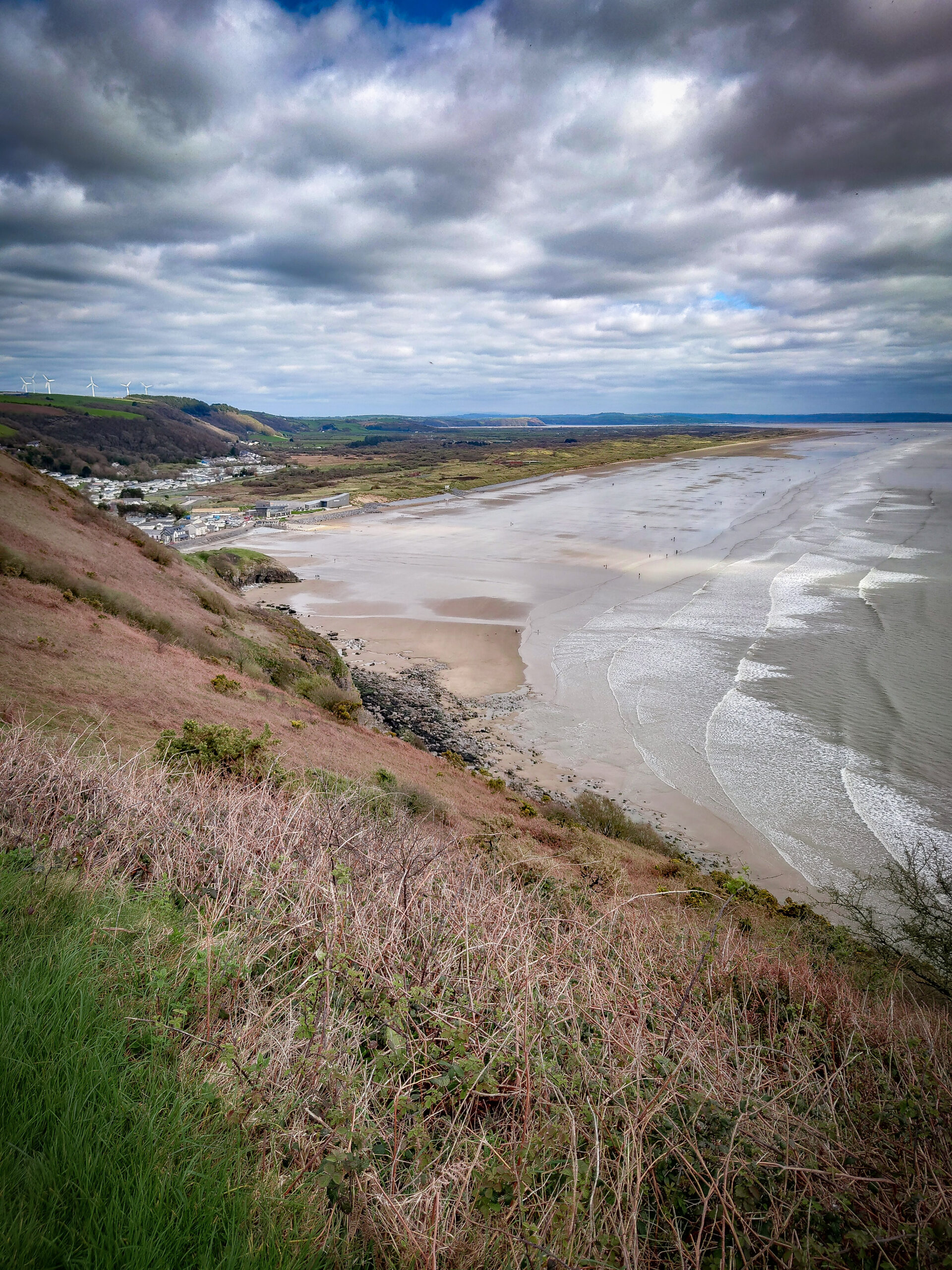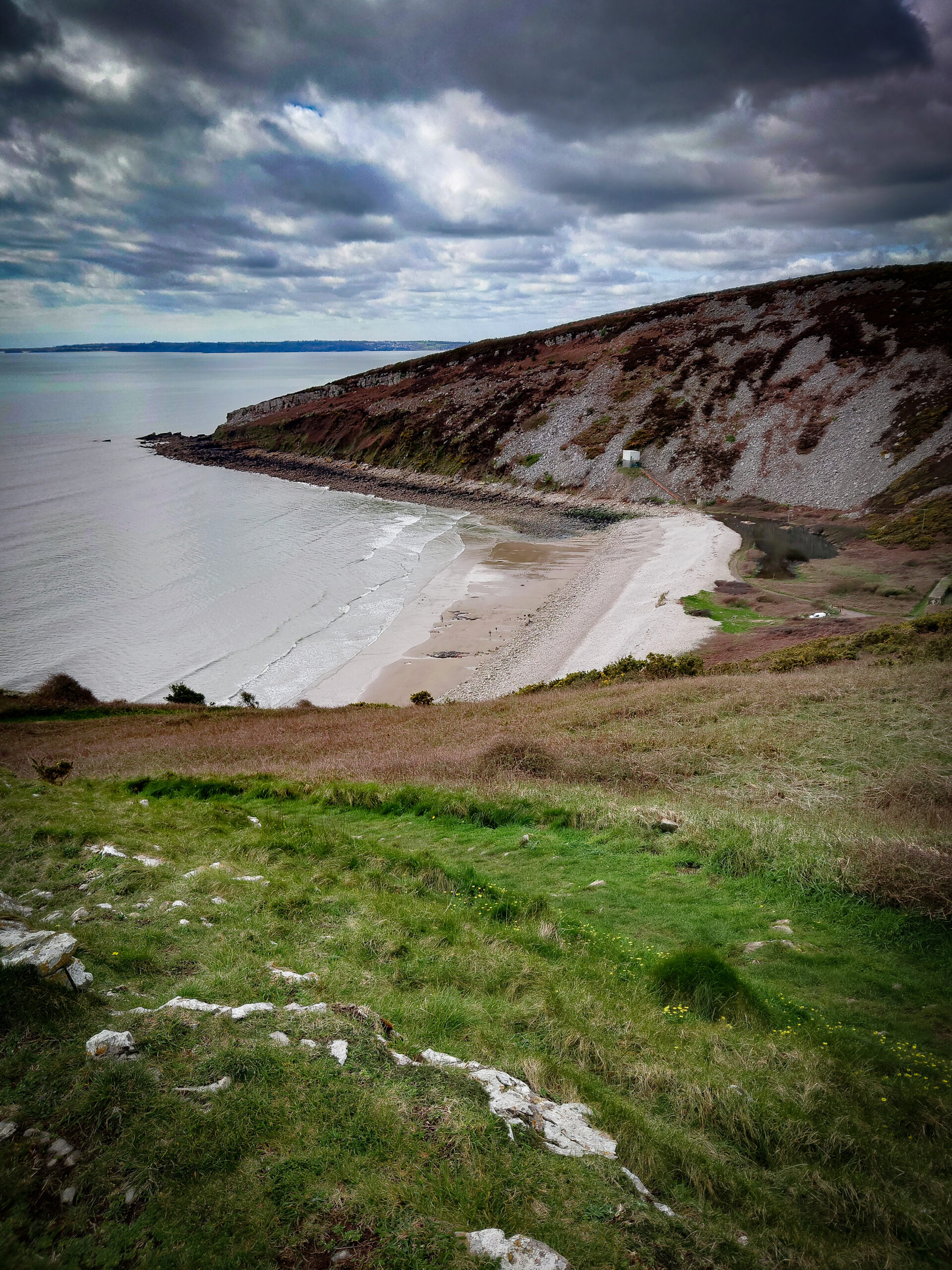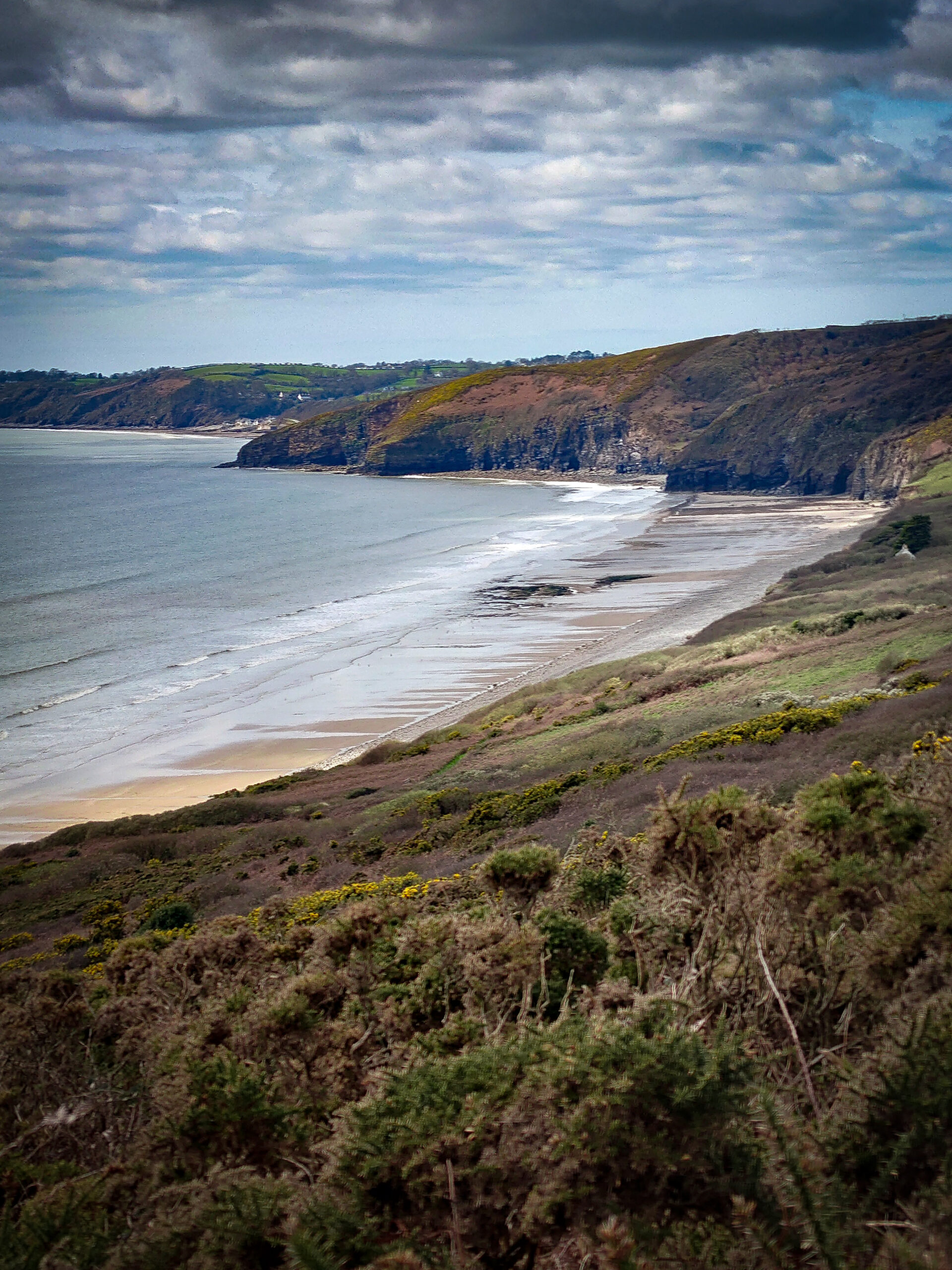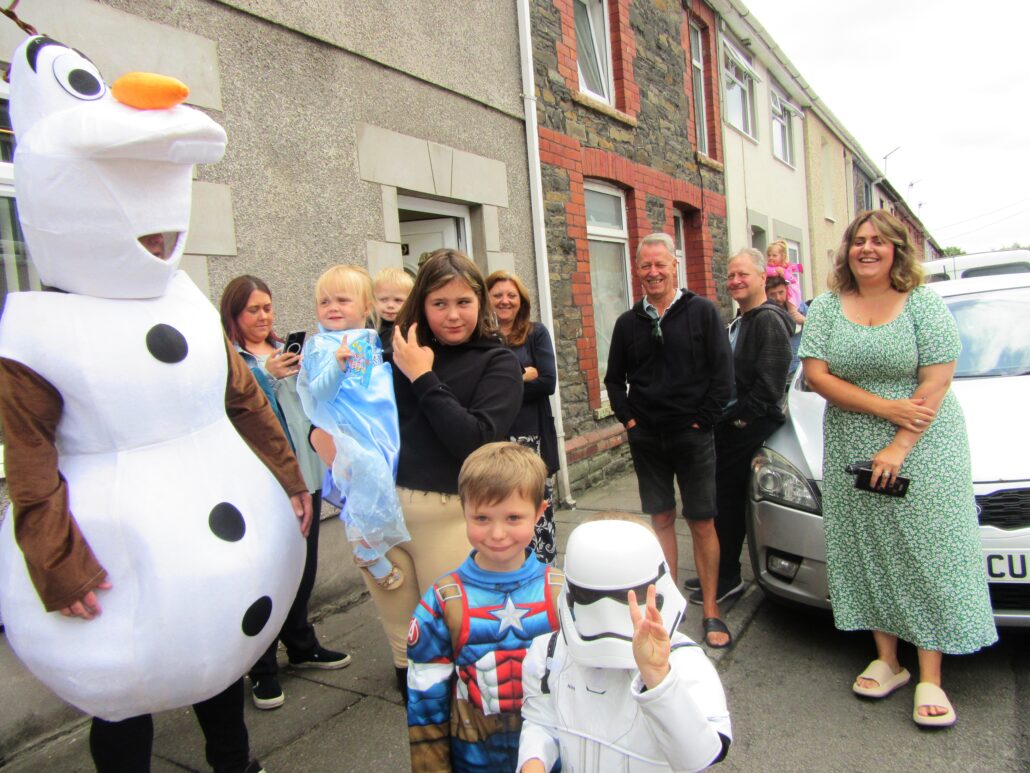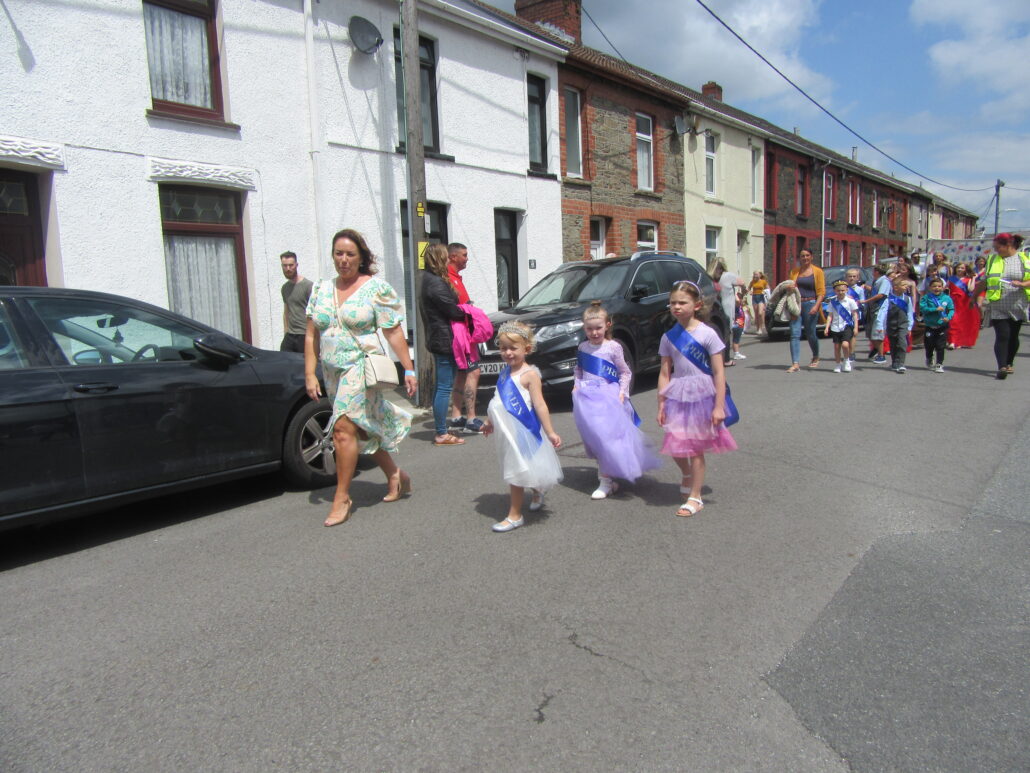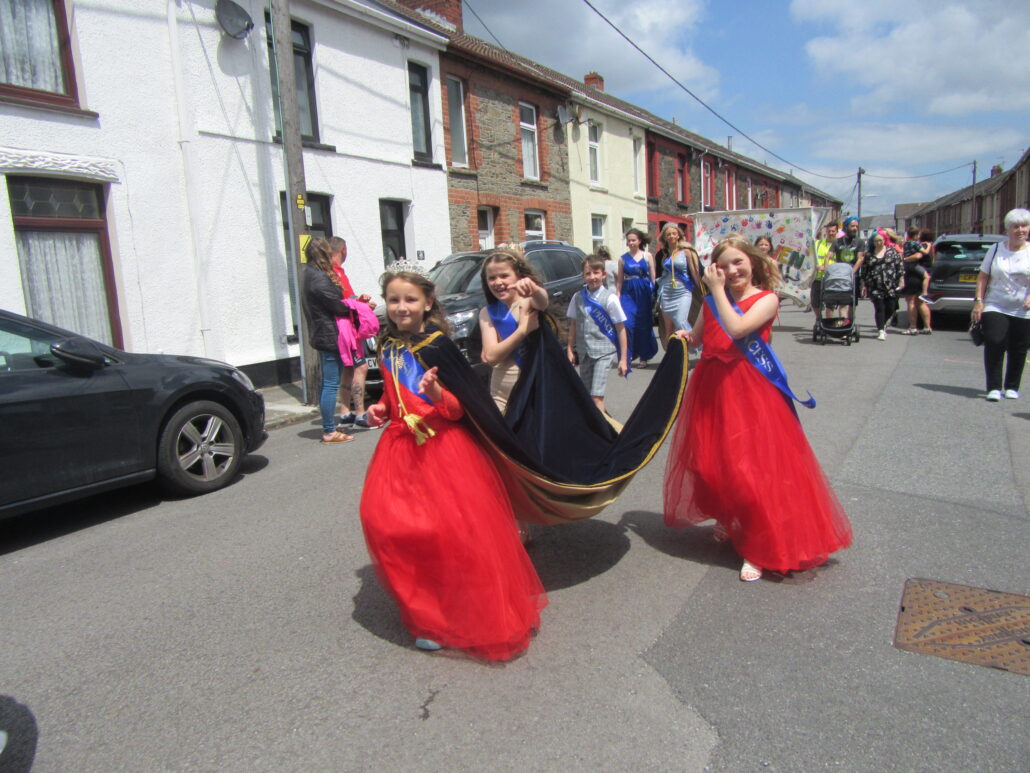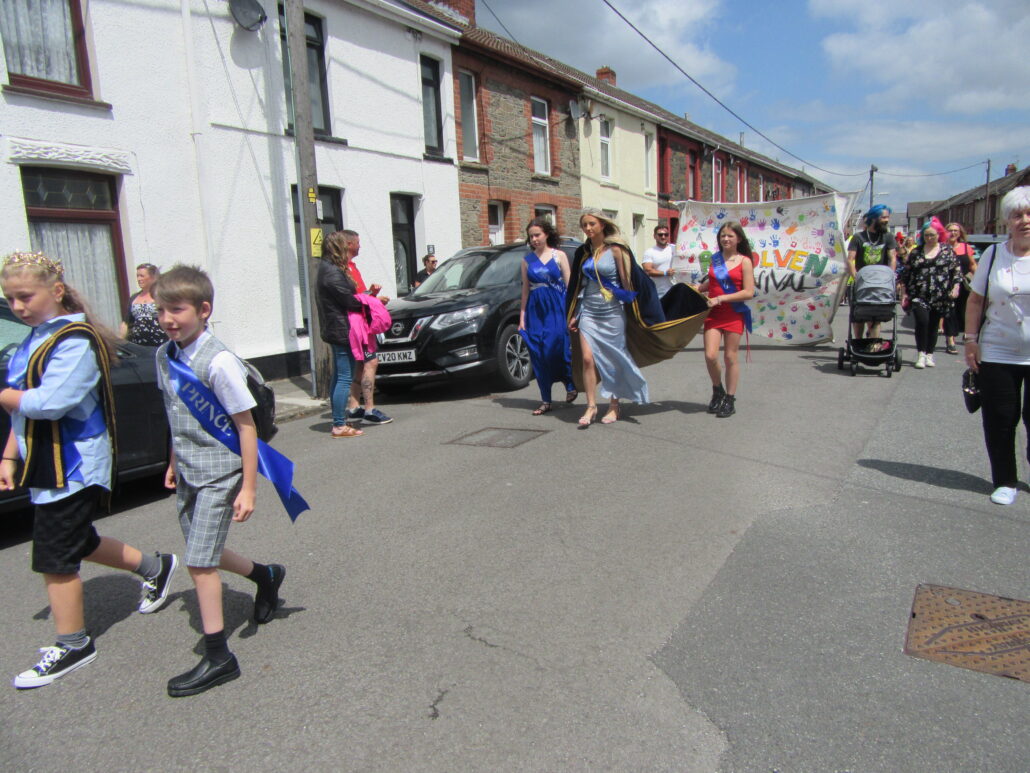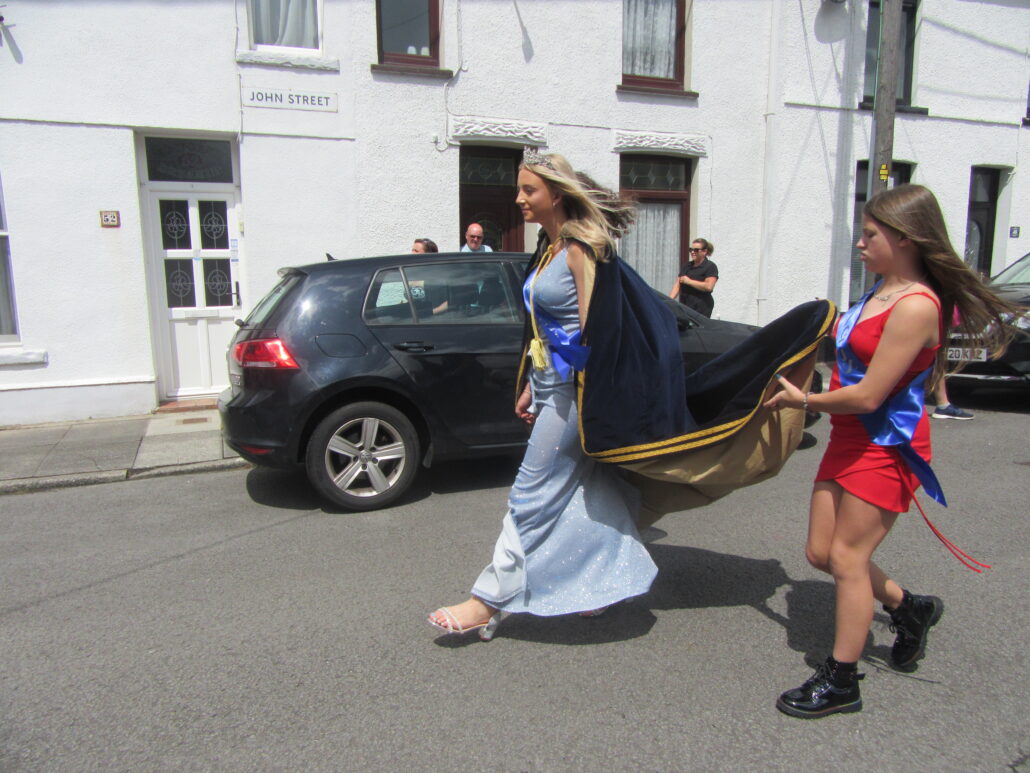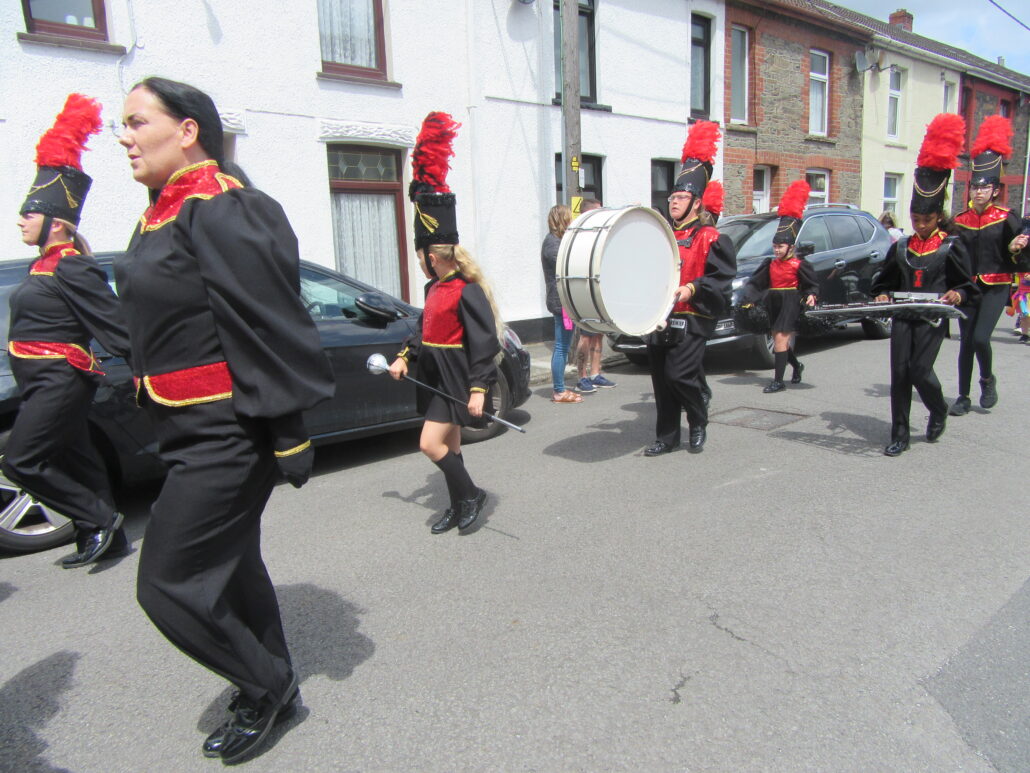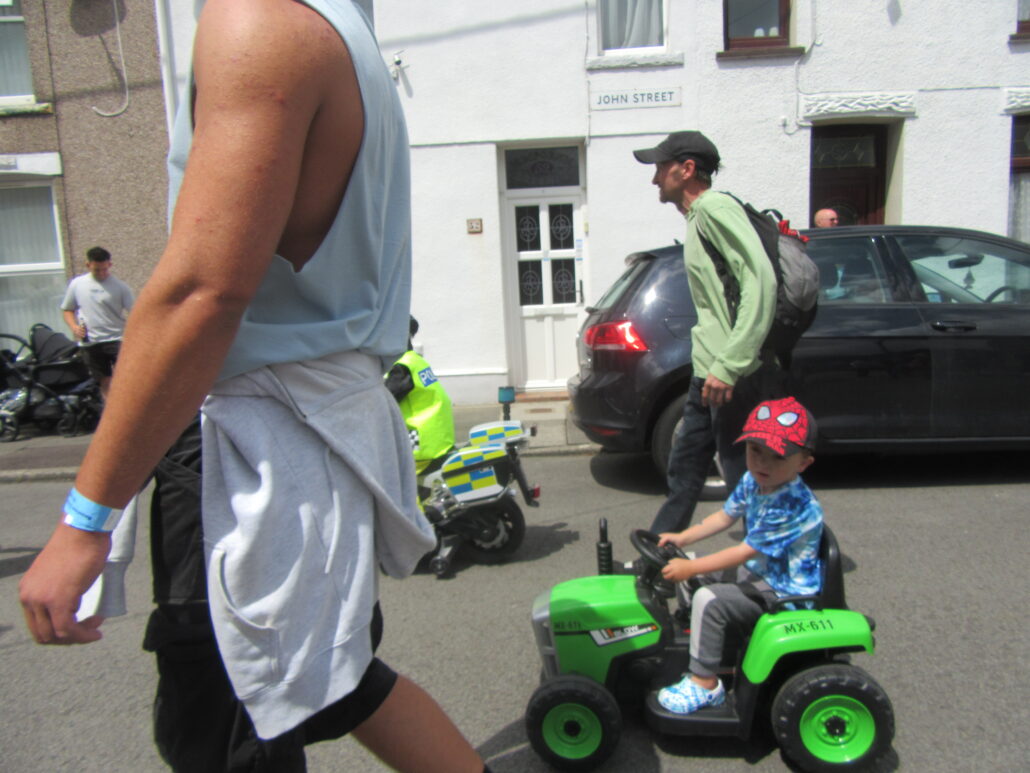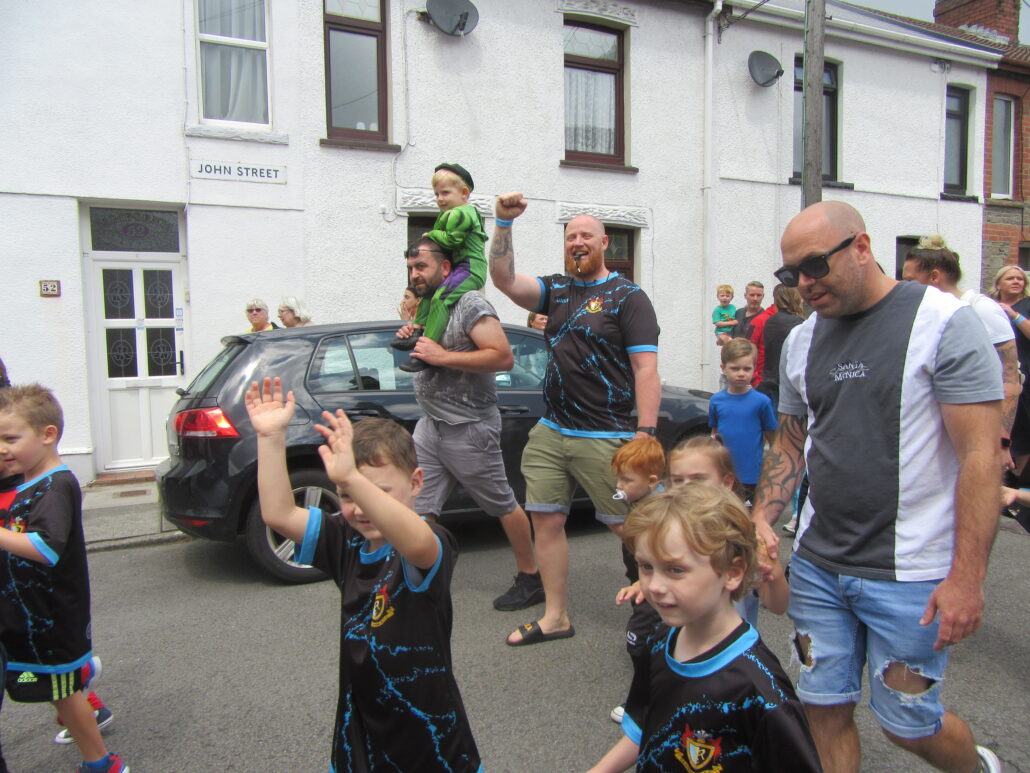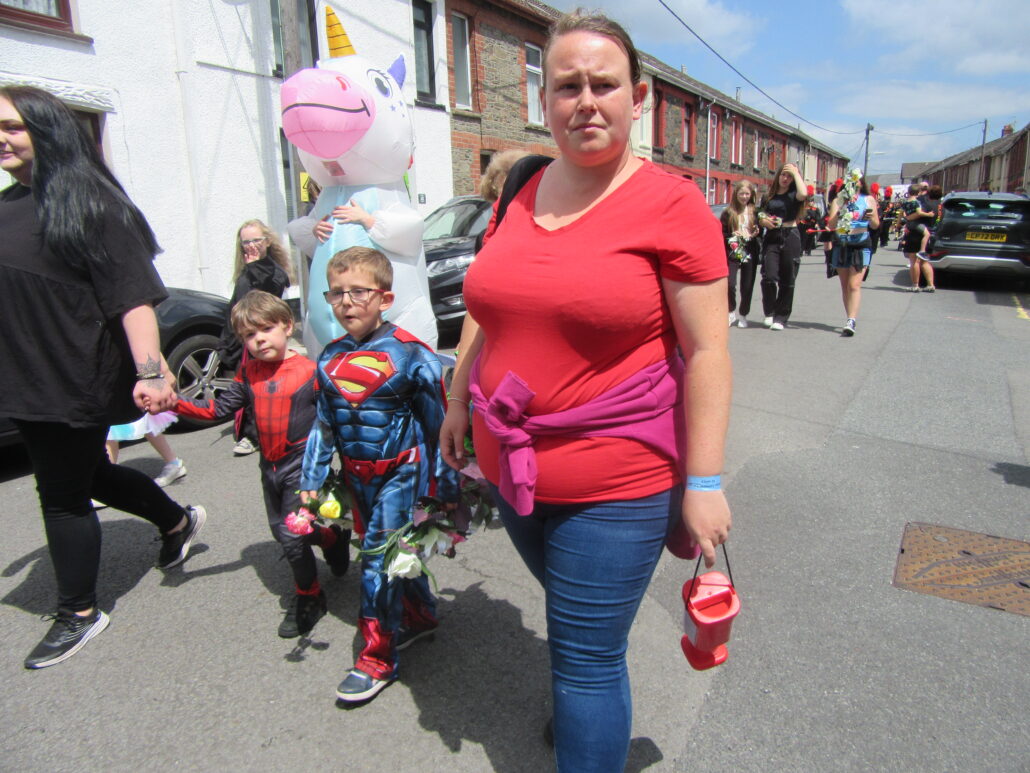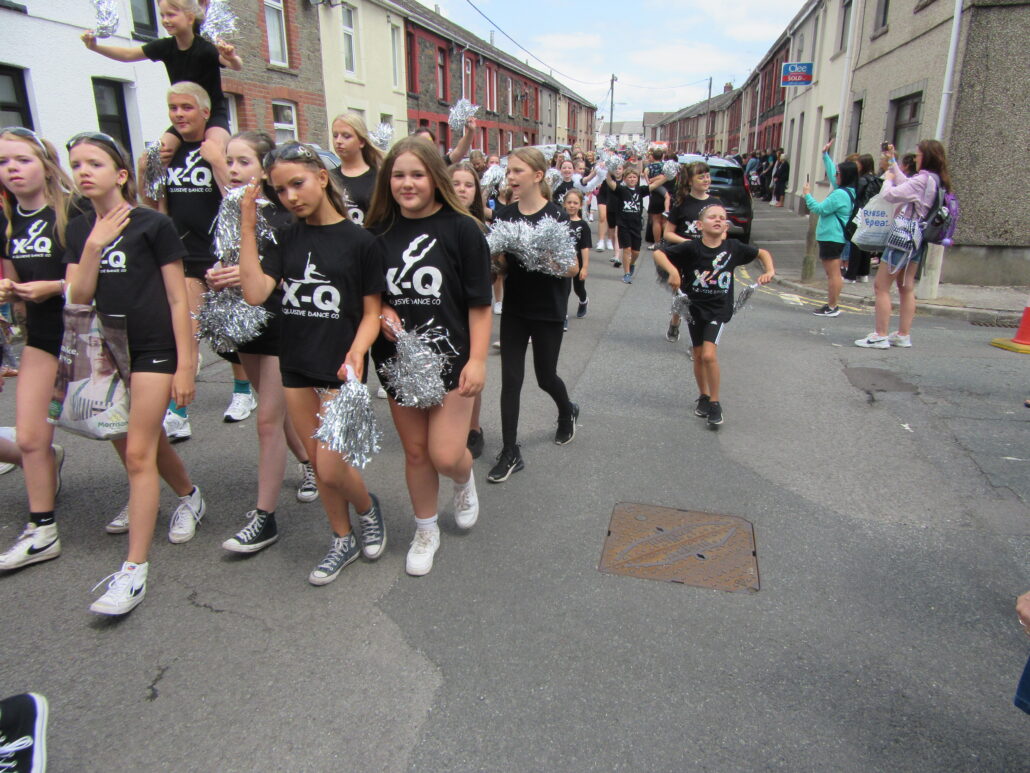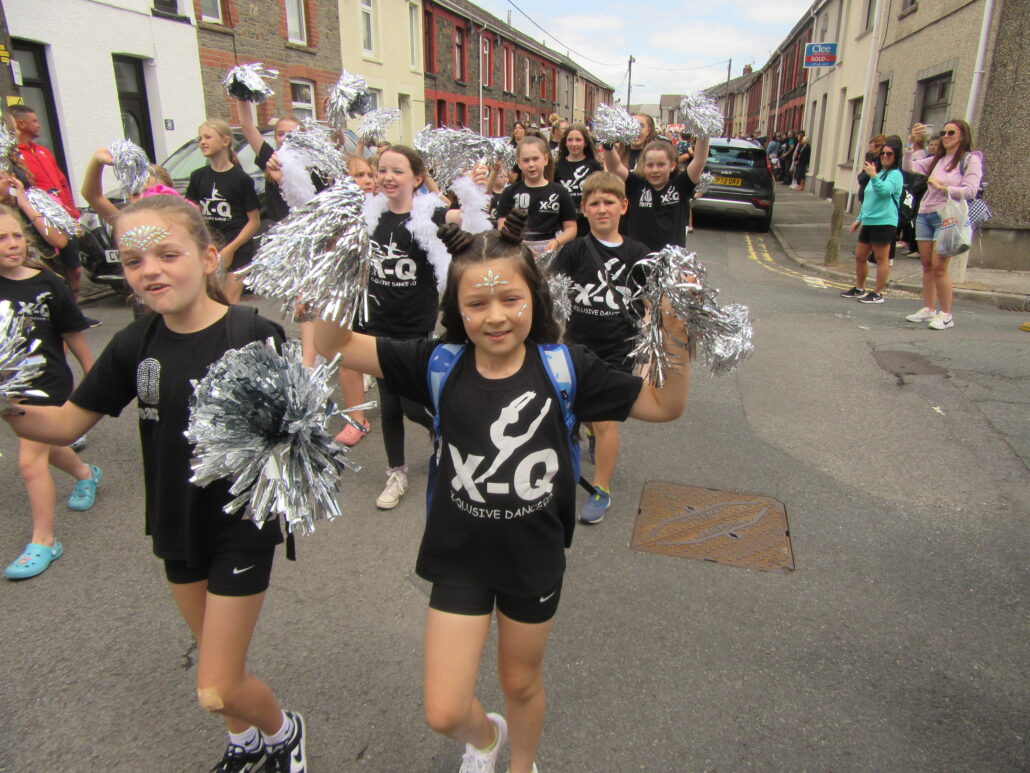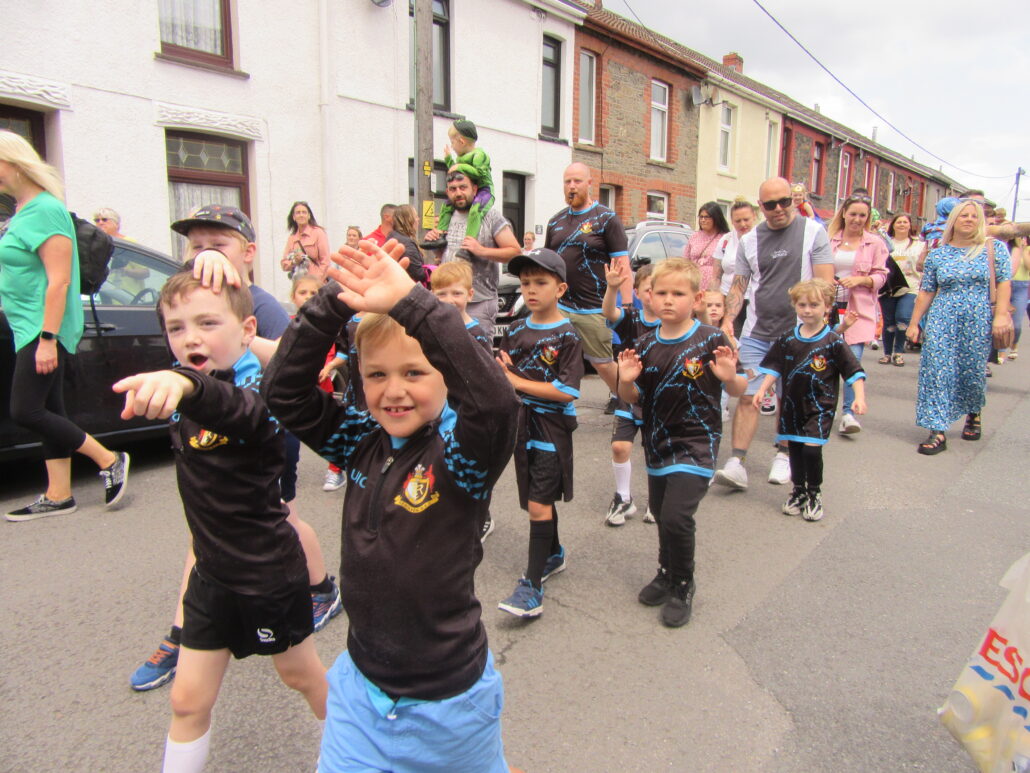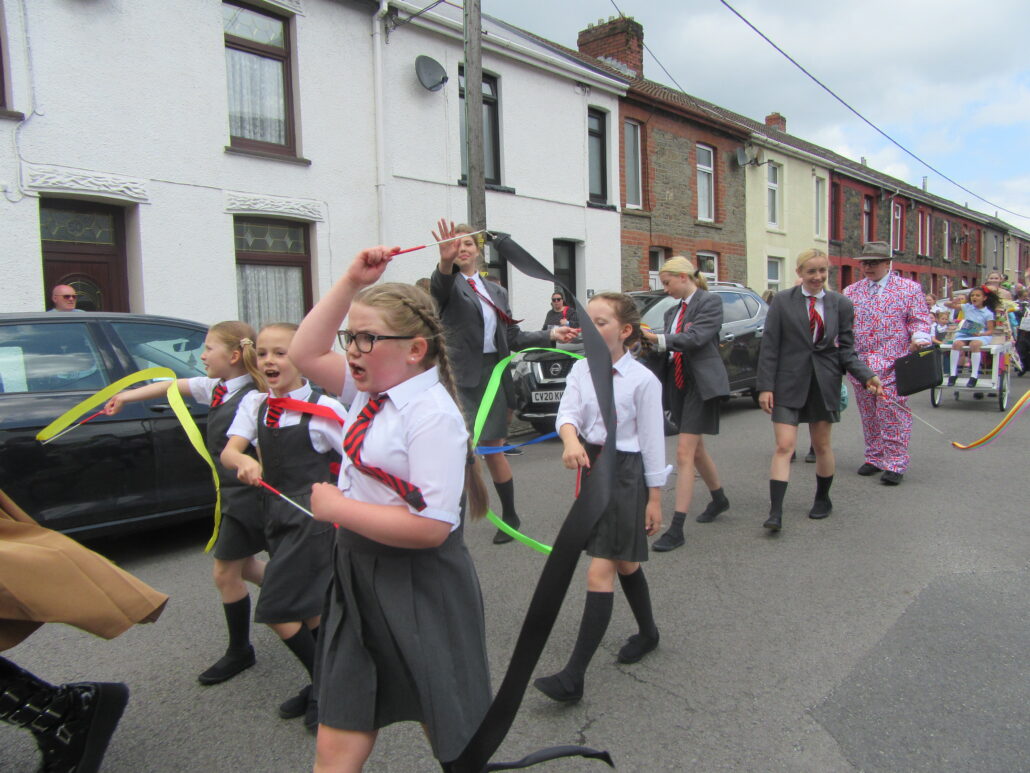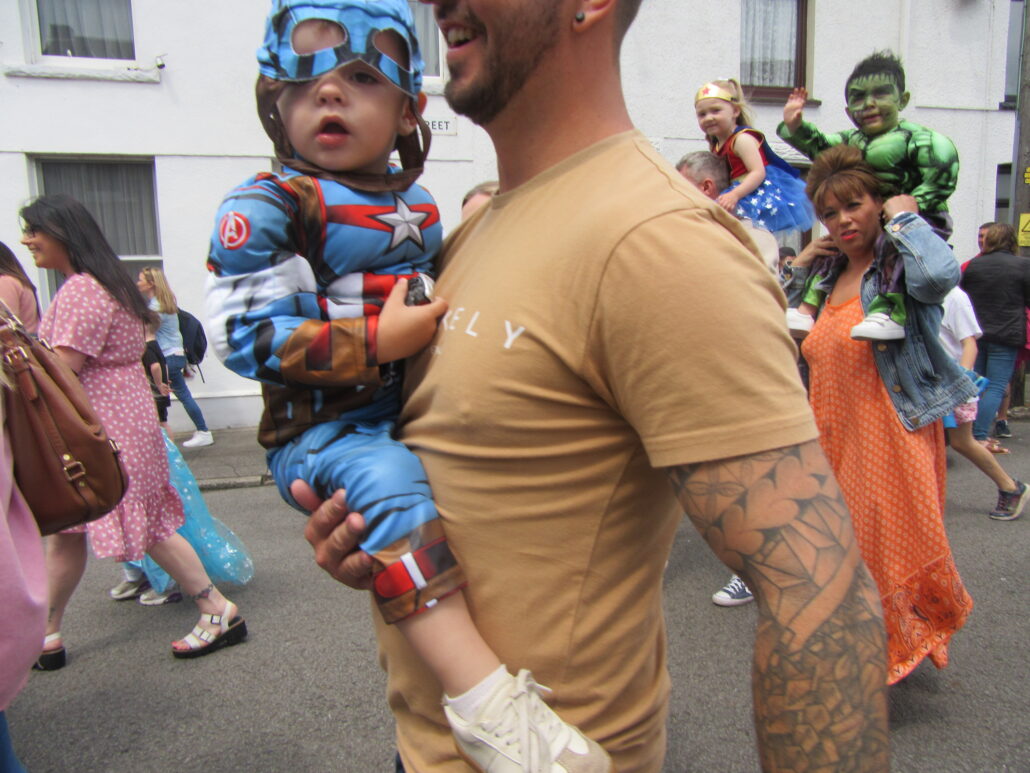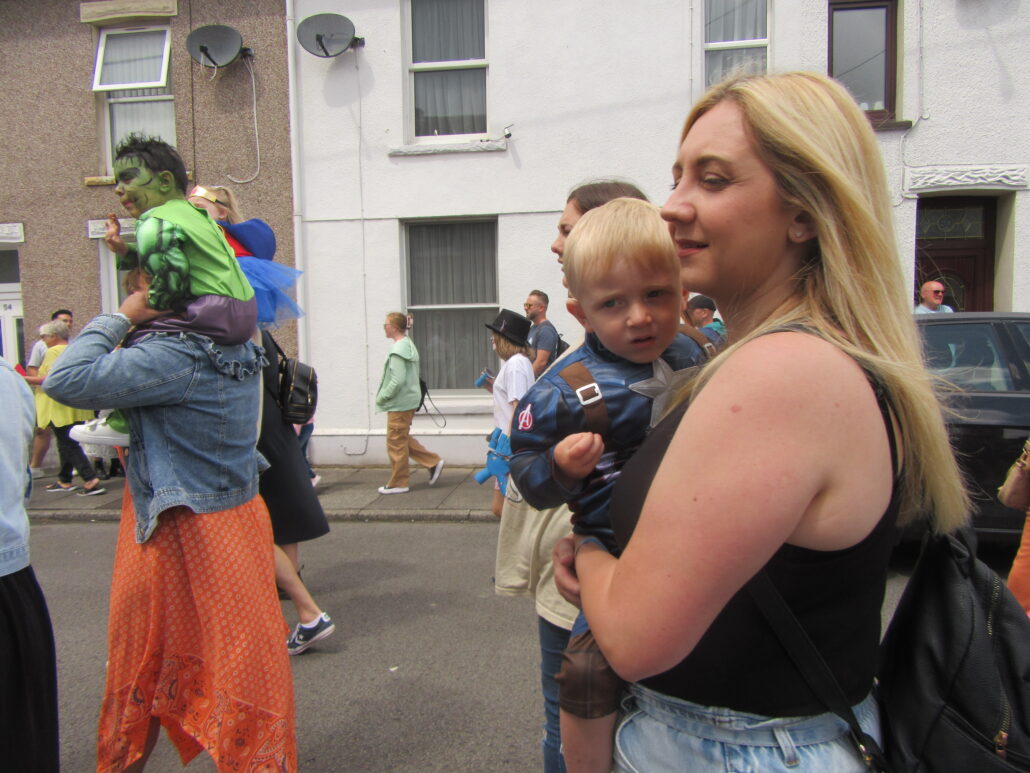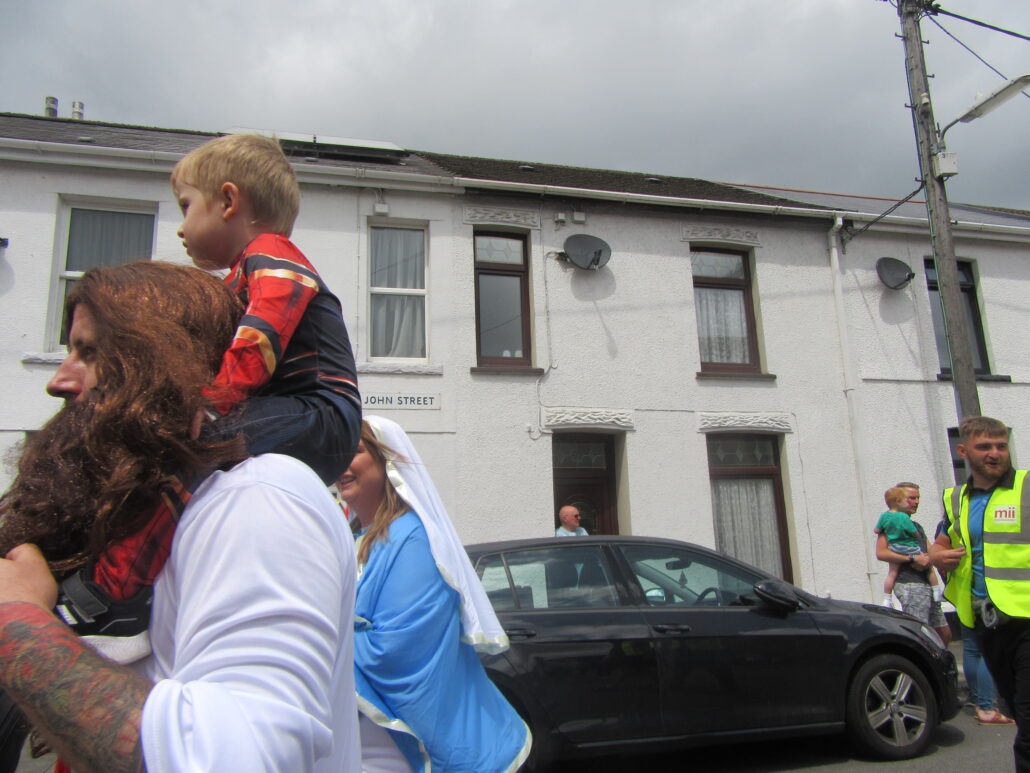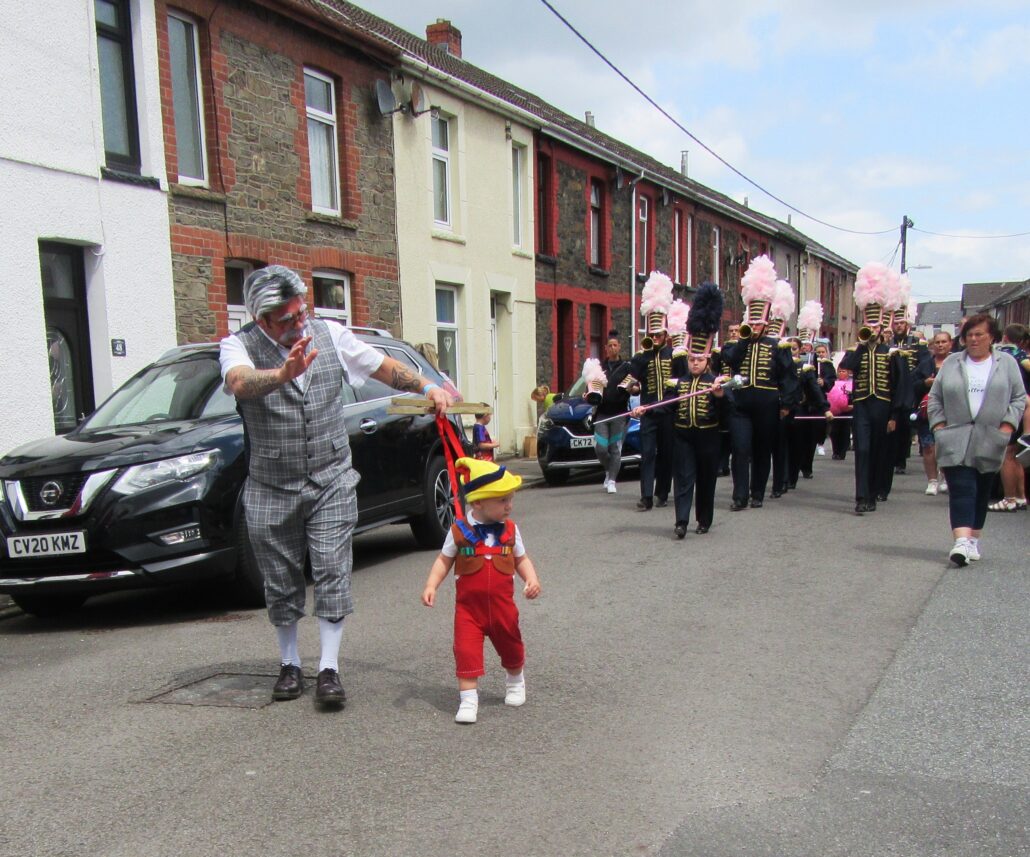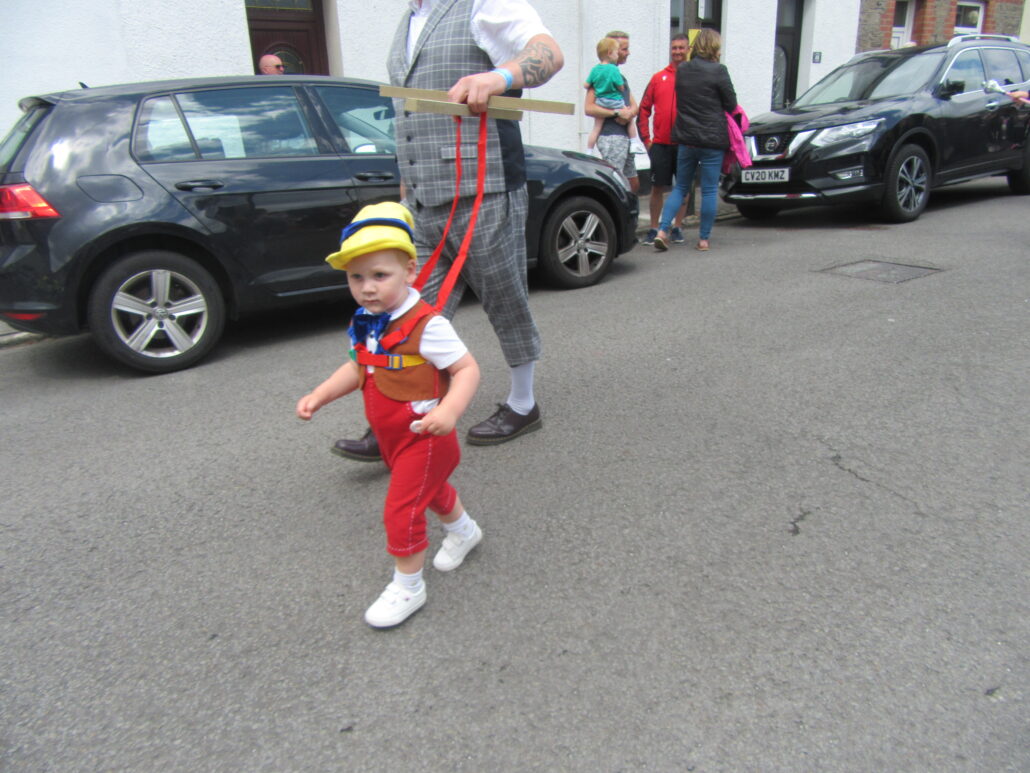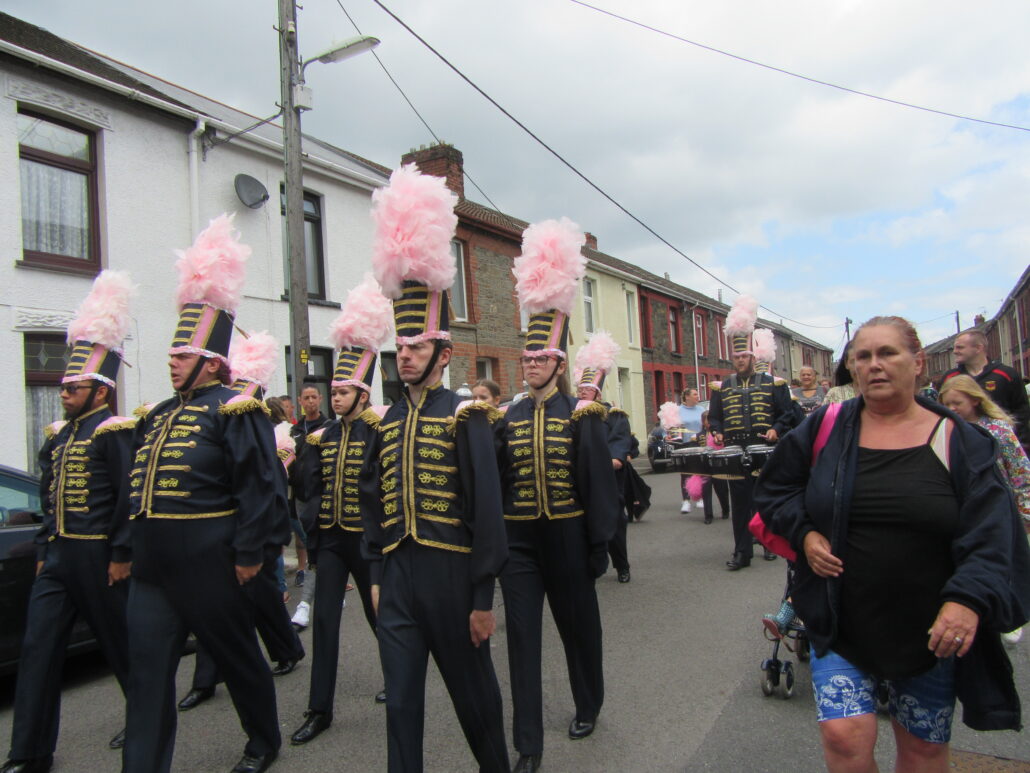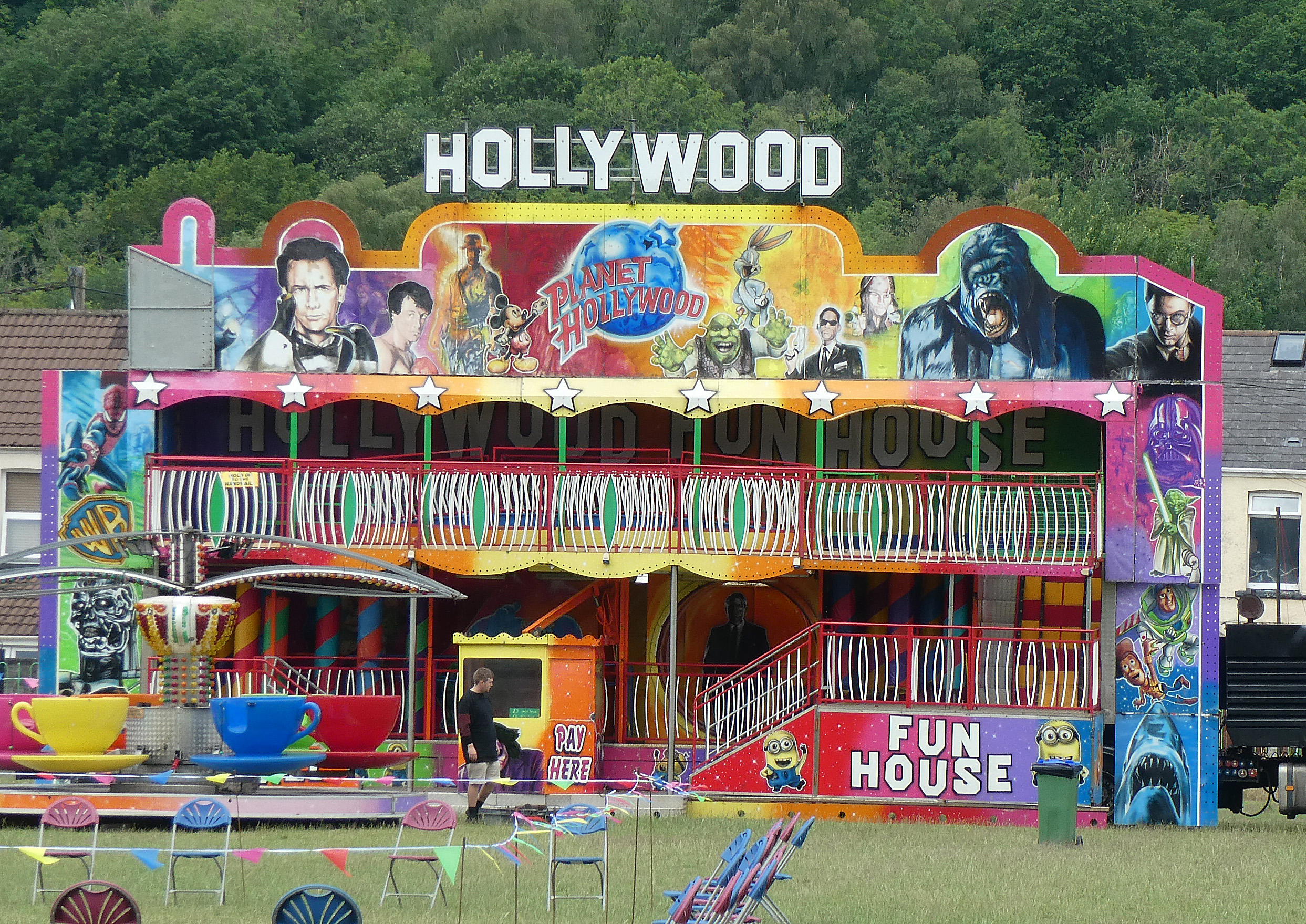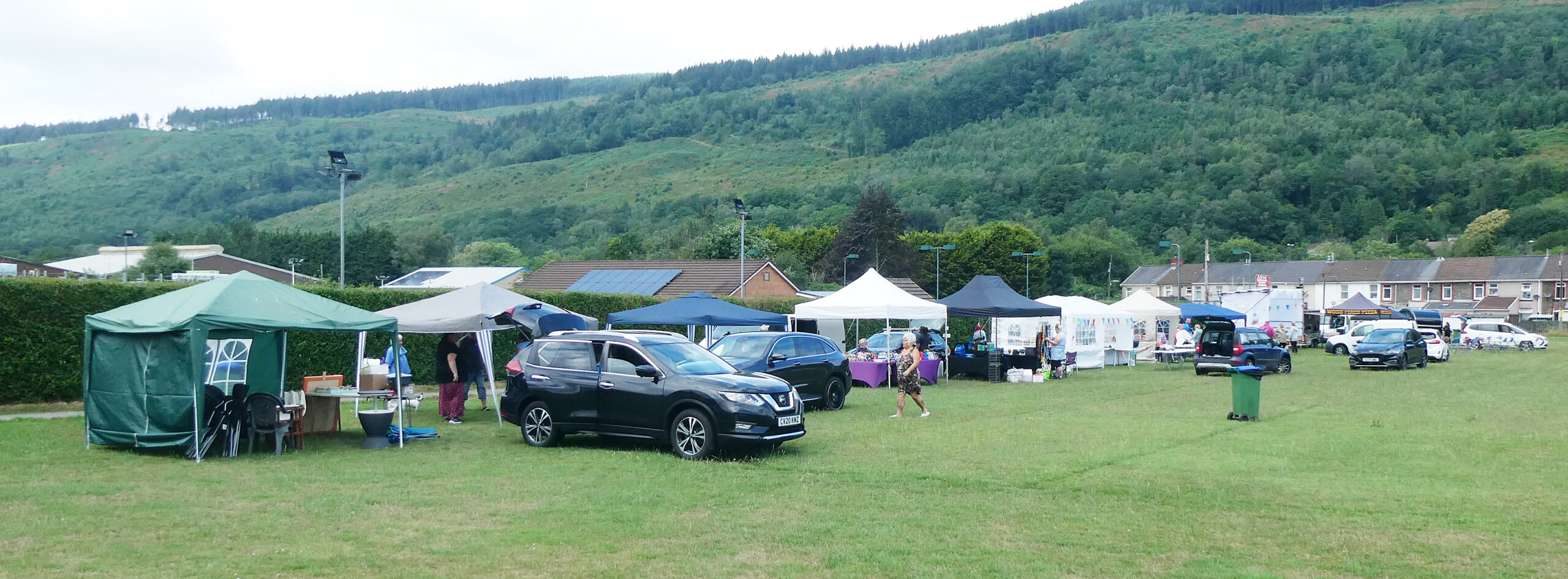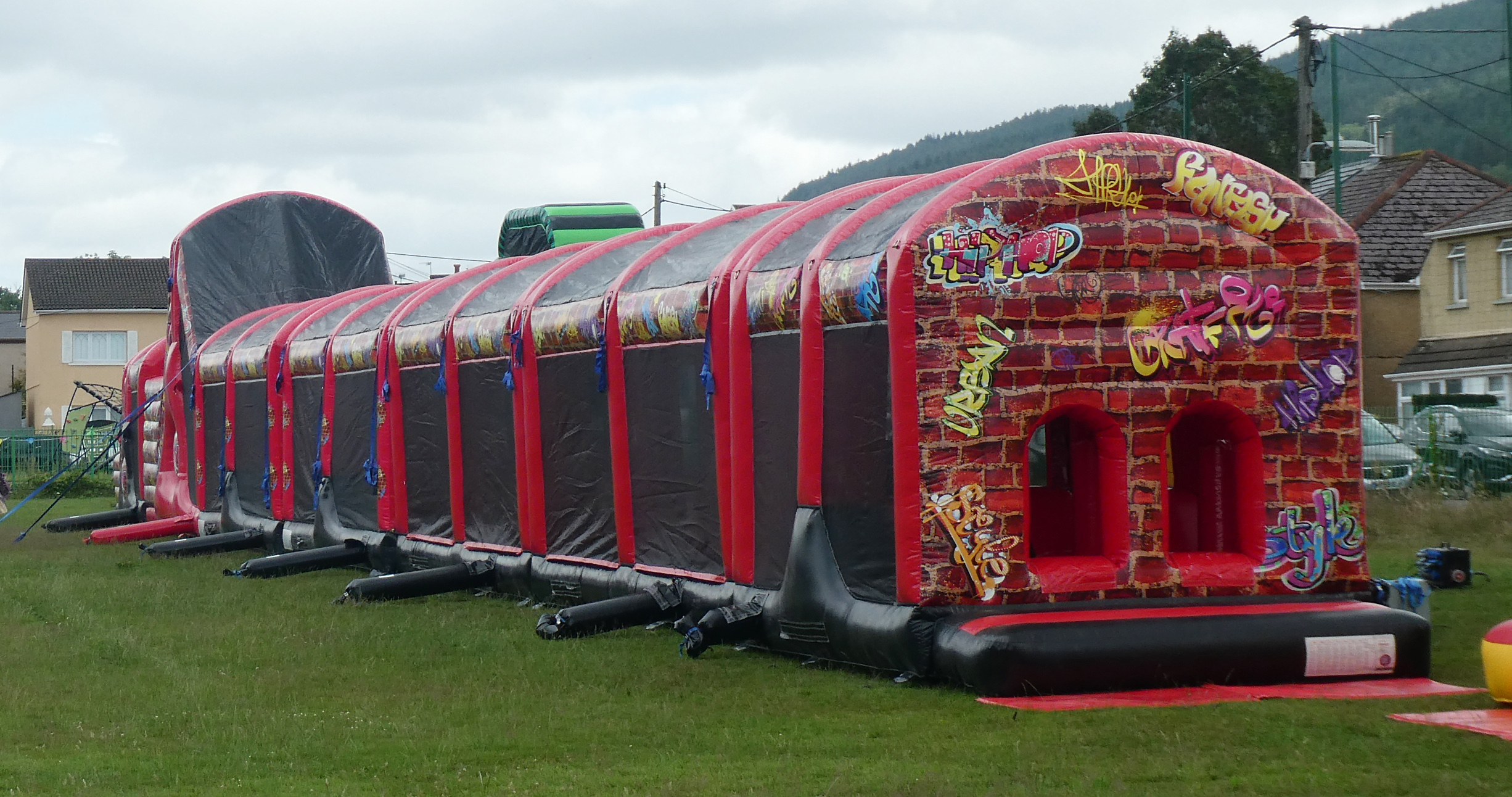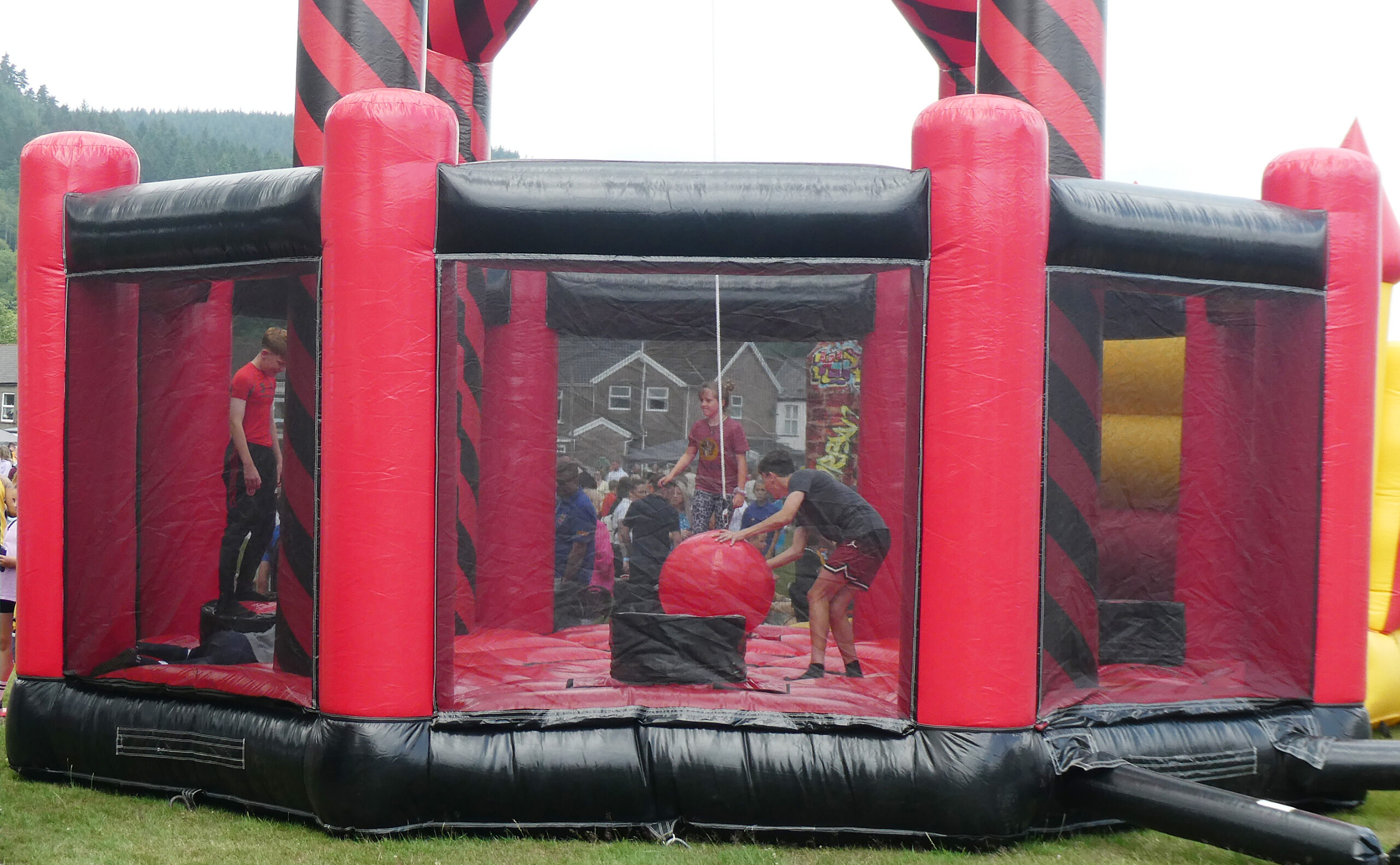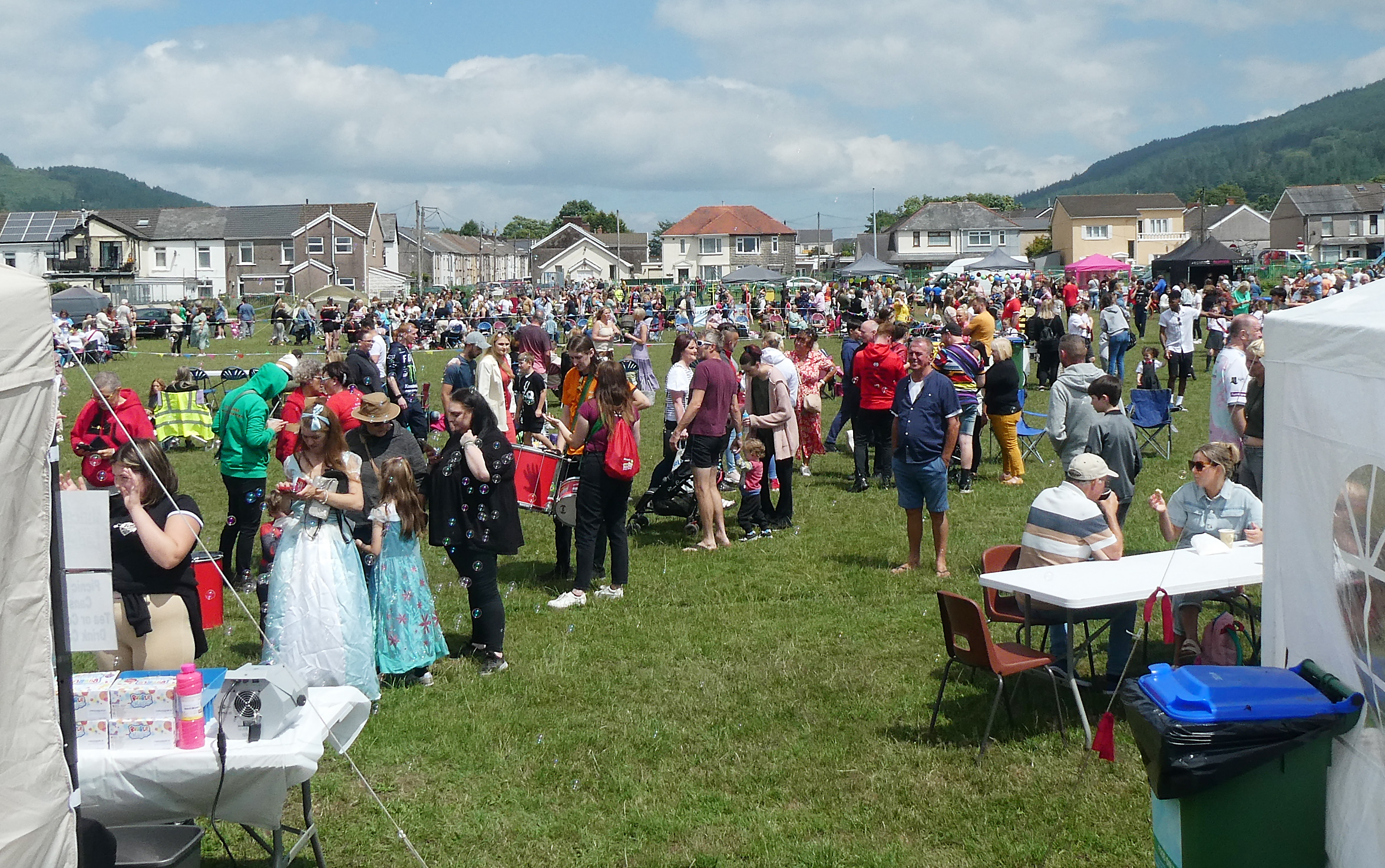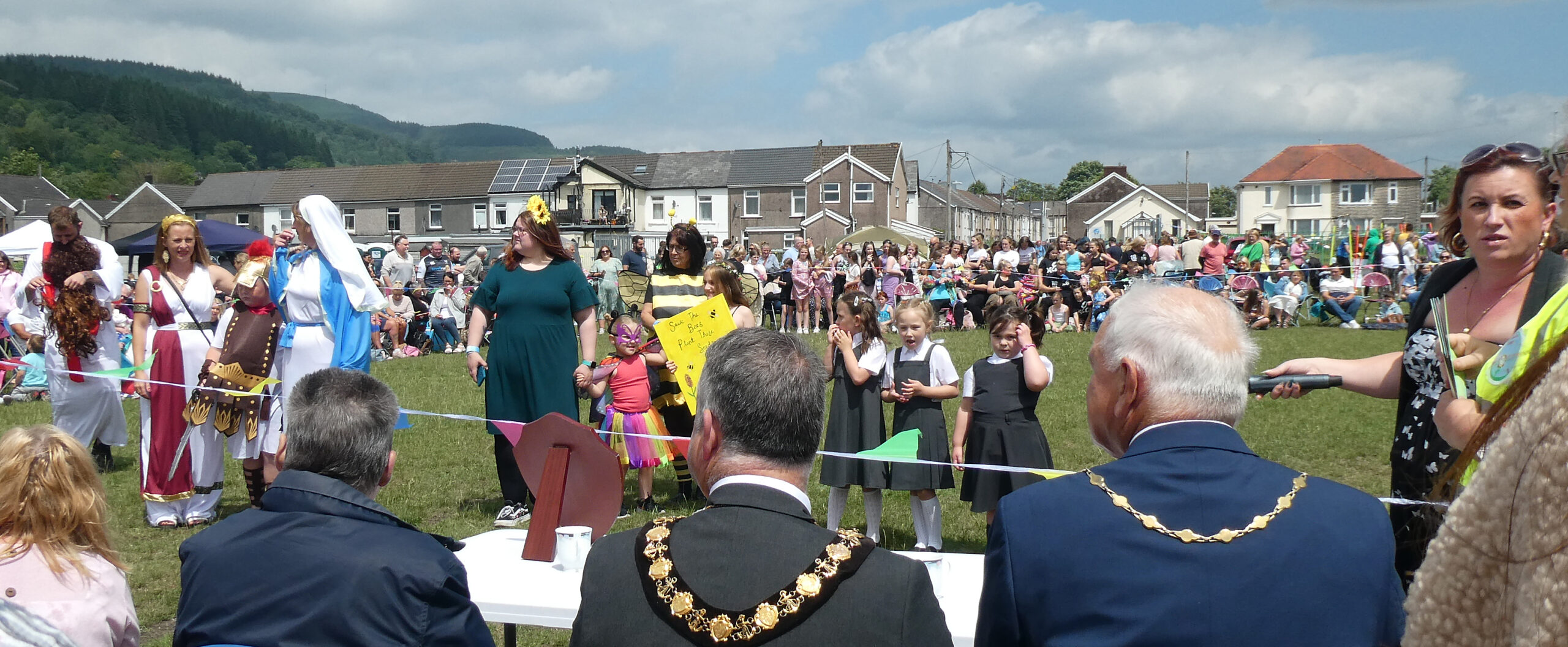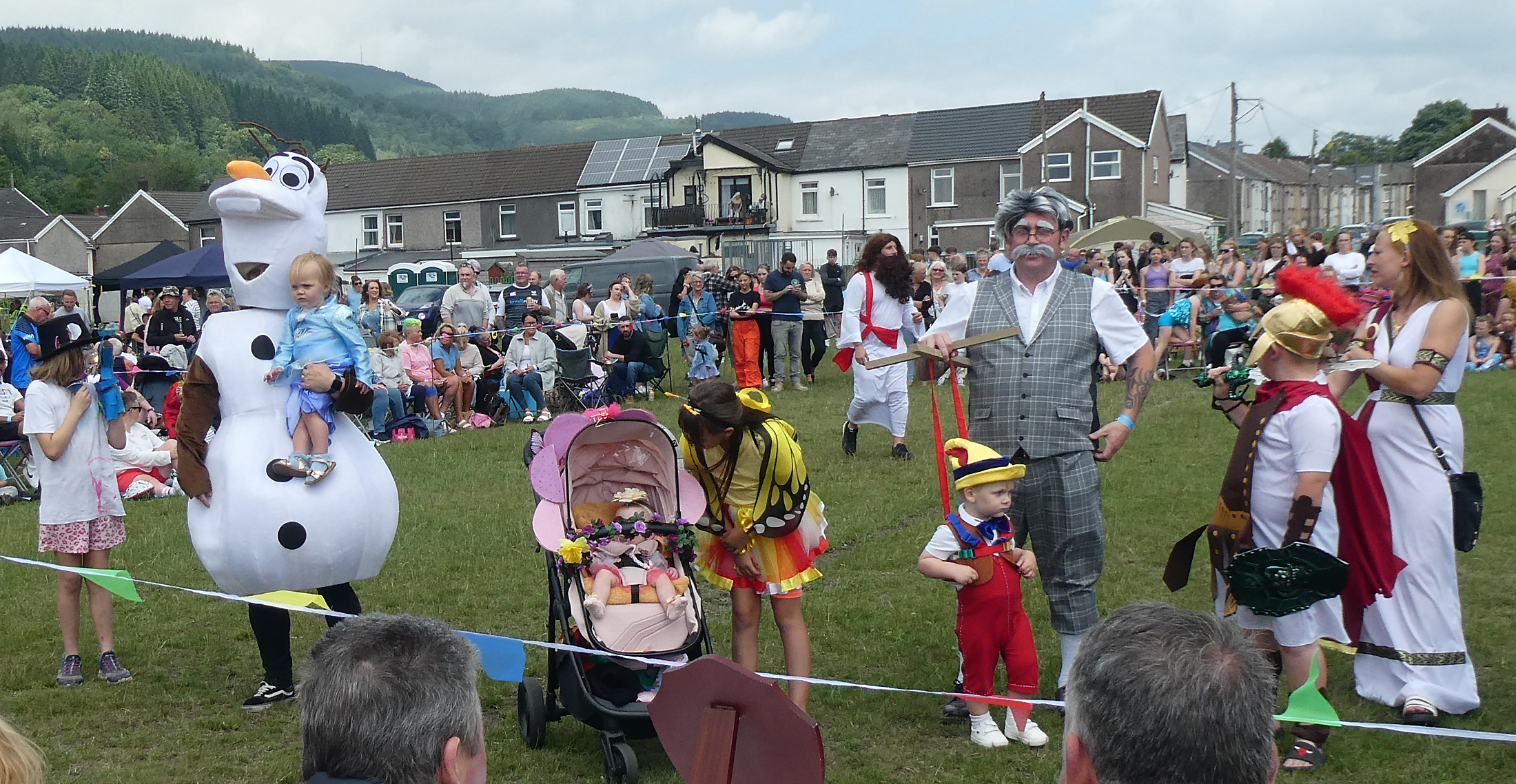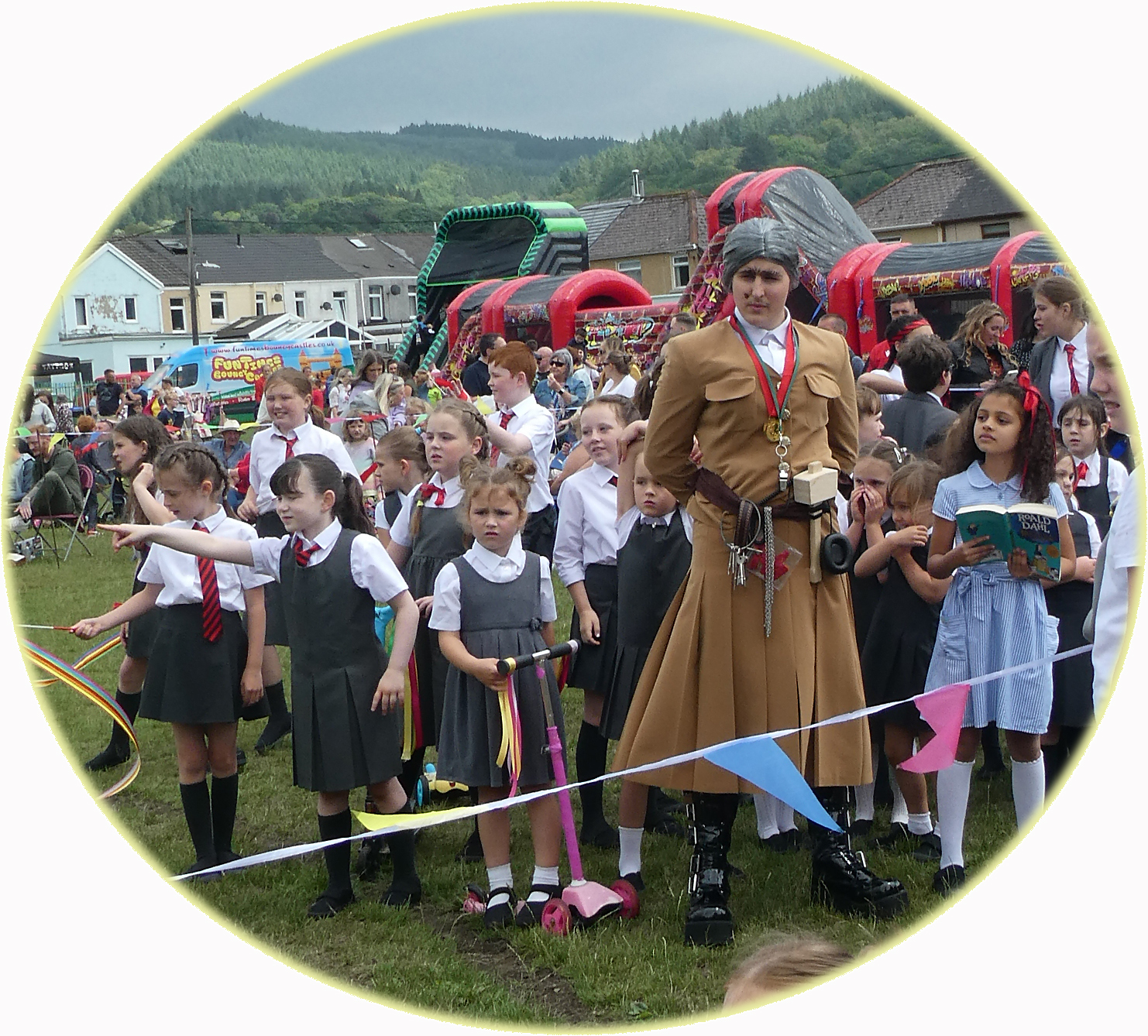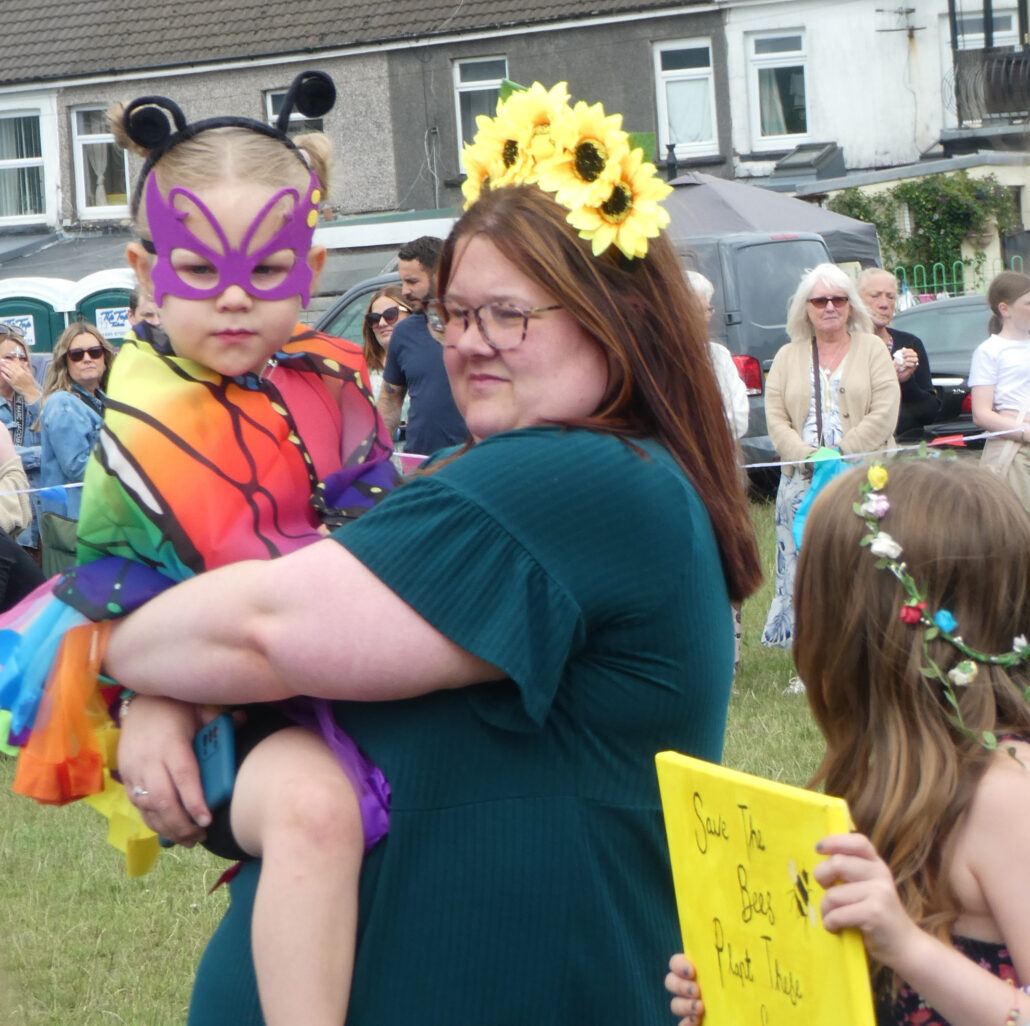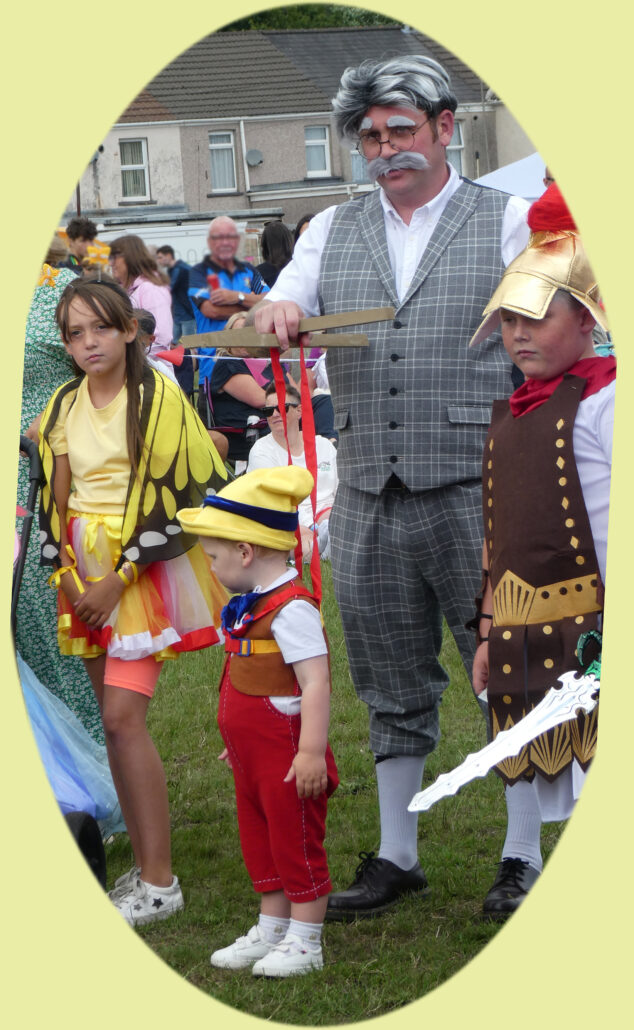Busy time with the bias at Resolven
With so many excellent sportsmen playing bowls, local competition in every club and between clubs is of an extraordinary high standard.
At the start of each outdoor bowling season, home and away games of singles, pairs, triples and fours are arranged between bowlers from all over the West Glamorgan County area. Many rounds are played up to the County Finals which are held to determine who battles it out at the Welsh Finals held in August each year at Llandrindod Wells.
To reach the County Finals is quite an achievement and Resolven was well represented at the Finals again this year.

At the West Glamorgan County Finals held at Brynhyfryd bowling green, Neath on Thursday, 13th and Friday 14th July this year were Resolven Bowls Club’s Over 60’s triples of Martin Addis, Tony Gregg and Lionel Stock who were successful in the Semi-Final beating a team from Coed Gwilym BC and although they succumbed to Pontrhydyfen BC in the Final, they still qualify for the Welsh National Finals.

Usually, for this important tournament, the surround of the Brynhyfryd green is full of spectators, but the rain and heavy showers kept them away.
The RBC triples of Steve Gall, Mike Herbert and Andrew Hopkins fought well but narrowly lost in the Semi-Final to an Aberavon team.
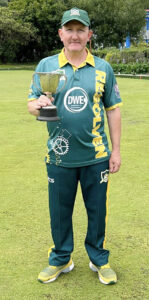
.
.
.
Stephen Allen romped through his Semi-Final of the Open Singles against Edward Johnson of Jersey Park to face Mike Brain, Briton Ferry Steel Combine BC in the Final and successfully became West Glamorgan Open Singles Champion.
He travels to Llandrindod Wells to represent Resolven Bowls Club and West Glamorgan in the Welsh Championship Finals next month.
.
.
.
In the afternoon/evening of Friday 14th July the Double Fours (Two rinks of four players) saw Resolven BC -v- Mount Pleasant BC which became a very tense thrilling match going down to a measure on the last end.
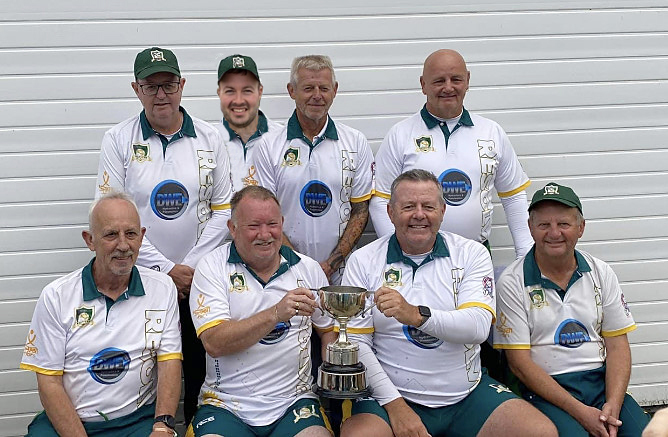
Back row Lt to Rt : Simon Ace, Andrew Hopkins, Shaun Kelly, Stephen Cooper
Front row Lt to Rt : Lionel Stock, Nigel James, Mike Herbert, Nigel Davies
As you see above, Resolven were the 2023 West Glamorgan Double Fours Champions.
~ ~
On Saturday 15th July, Resolven hosted a Neath & District Bowling Association League, Div. 1 match against Pontardawe BC in difficult weather conditions again but secured a good win.

The following day Resolven were also hosts of Round 1 of the 2023 SDFS Super 8 Tournament, when Resolven managed a narrow victory over Merthyr West End Bowls Club.

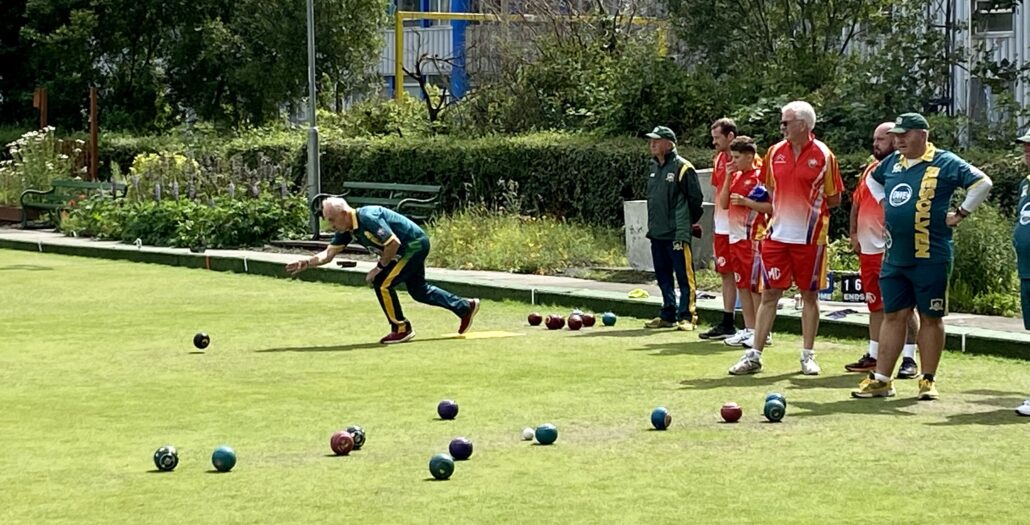
Resolven travel to Penygraig for the second round of the Super 8 on Sunday 20th August.
~ ~
Added to everything previously mentioned, Resolven BC play throughout the season, in a midweek Cwmtawe (Swansea Valley) League with many of their members also playing in the midweek Port Talbot League with Cam Gears BC.
{Busy Bowling}
~ ~ ~ ~

